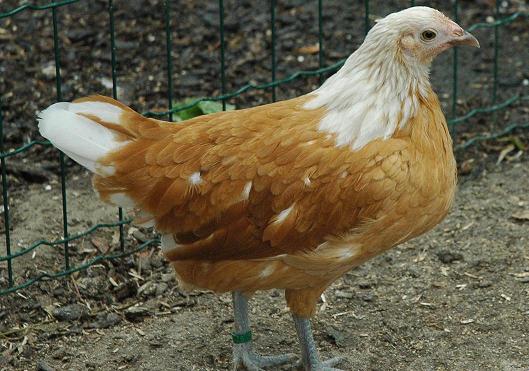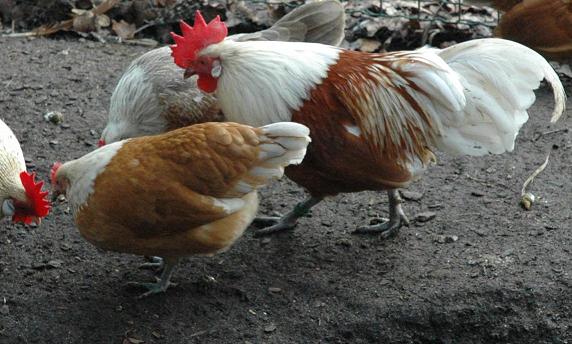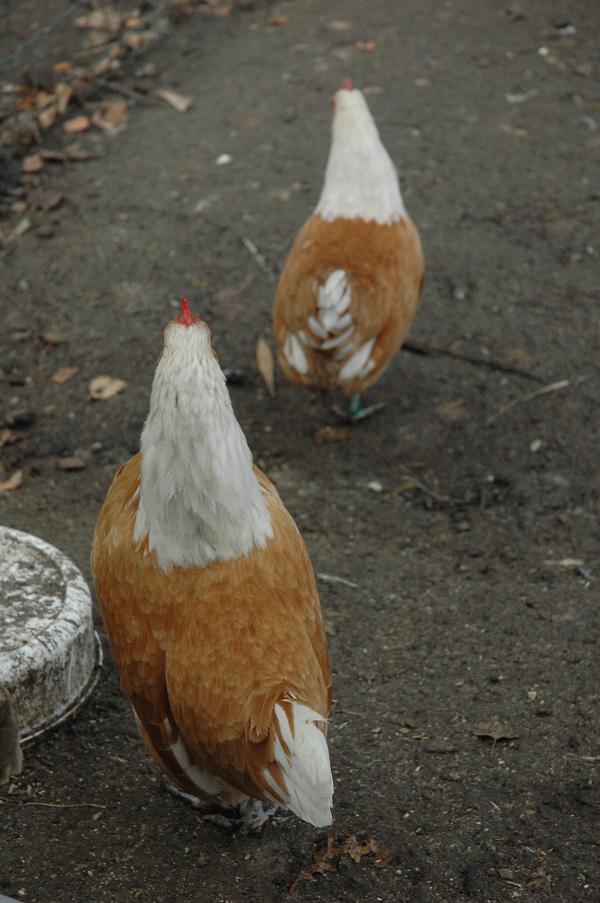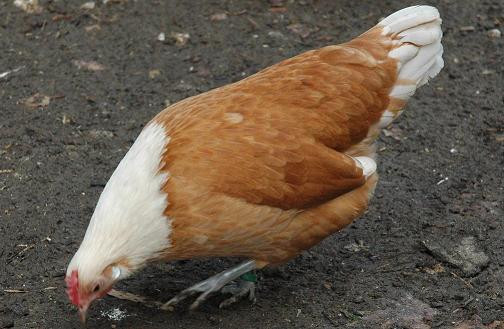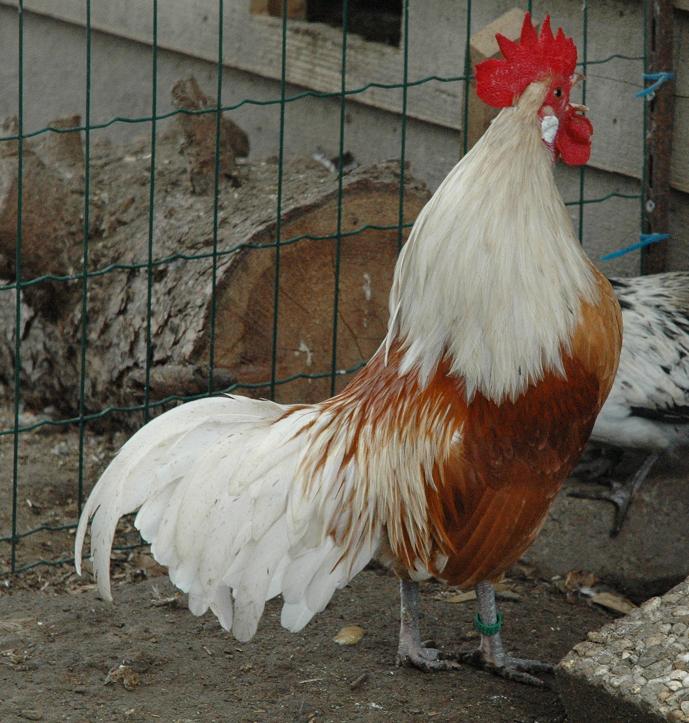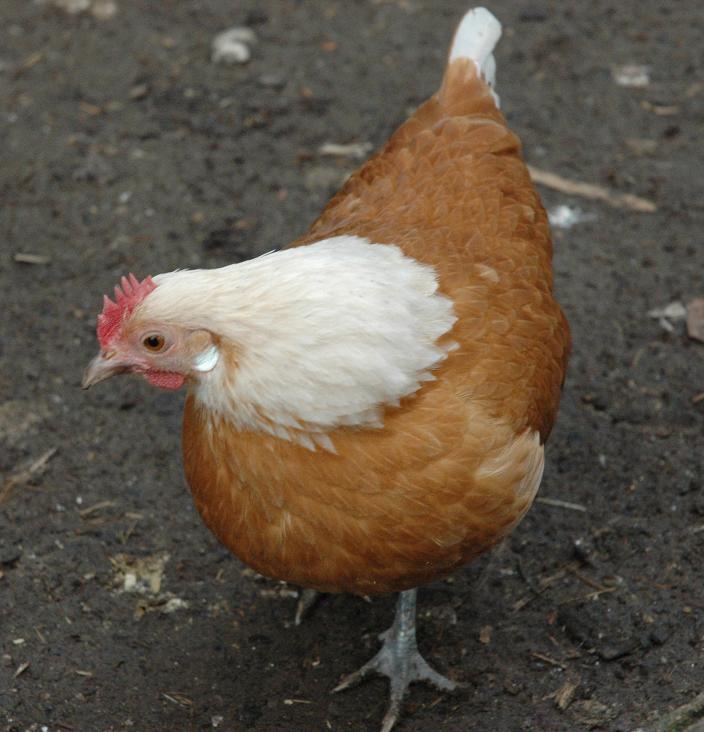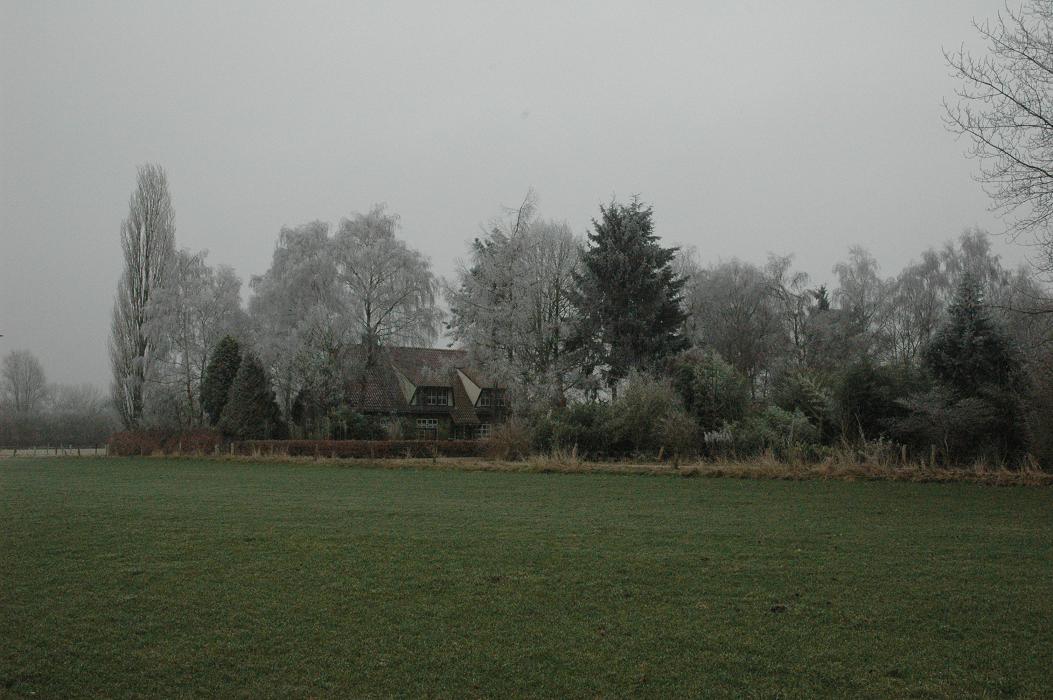
Homepage by Henk Meijers, born 1969.
Nederlandse versie van de homepage (Dutch version of this website). | Fastloading version (BETA)
Welcome to my website.
The themes of this page are my big plant collection and poultry farm.
Besides pictures by me and my sister Sabine, I have put some links to plant and poultry webpages with more depth on this page.
And some comments of course.
New feature: video snippets.
Errors on this page? Send me some feedback via the link below.
Send mail for comments/questions

White Vorwerkbantams in action
Hover for Map (our house is the first to the southwest)

Das Anwesen (the compound). Winterview.
Below: summerview
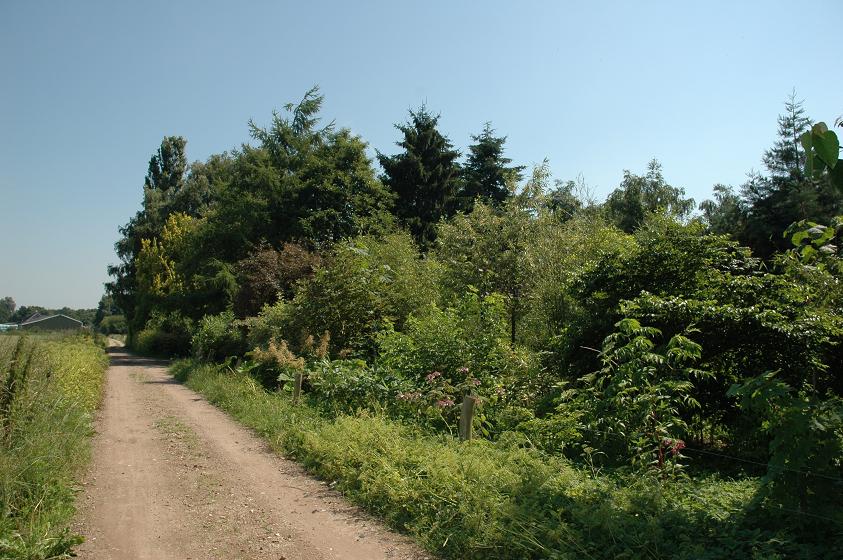
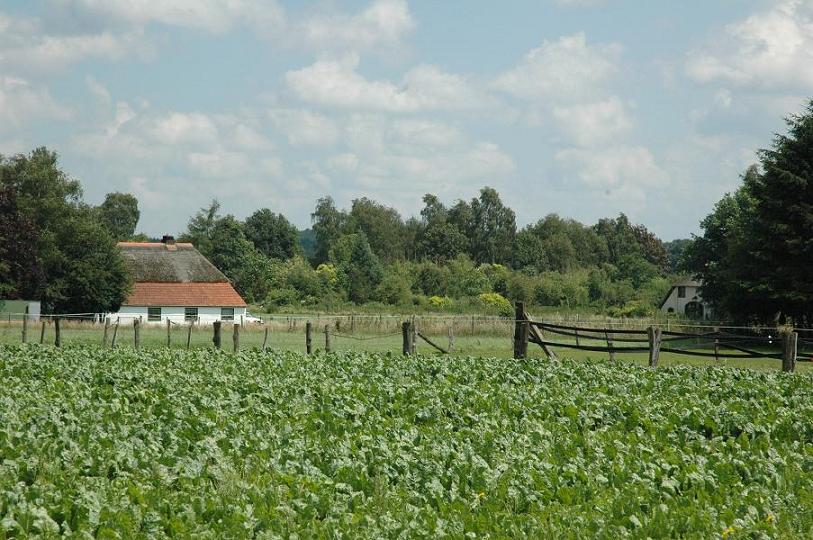

2 of 7 grassmowers...
We have black ones and the common kind.
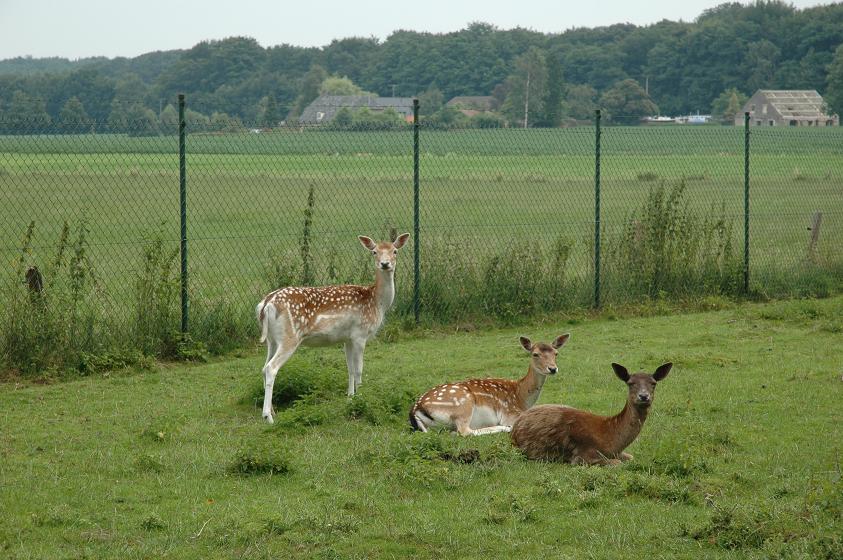
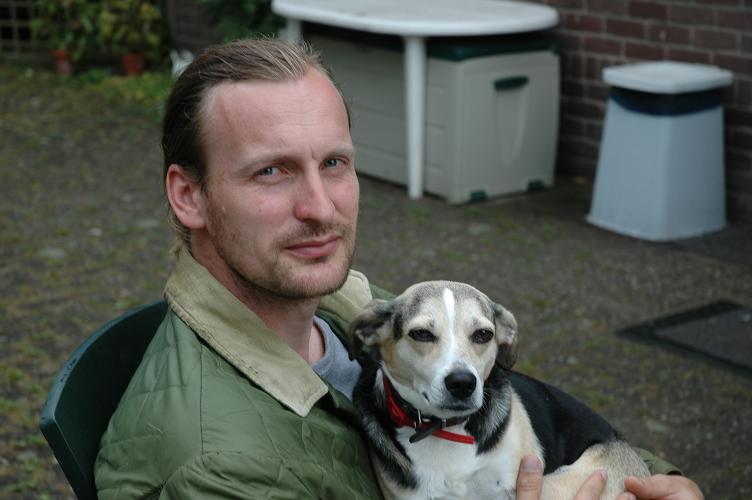
C'est moi avec Bonnie.
Below: Tessie (derived from Tasmanian Devil)
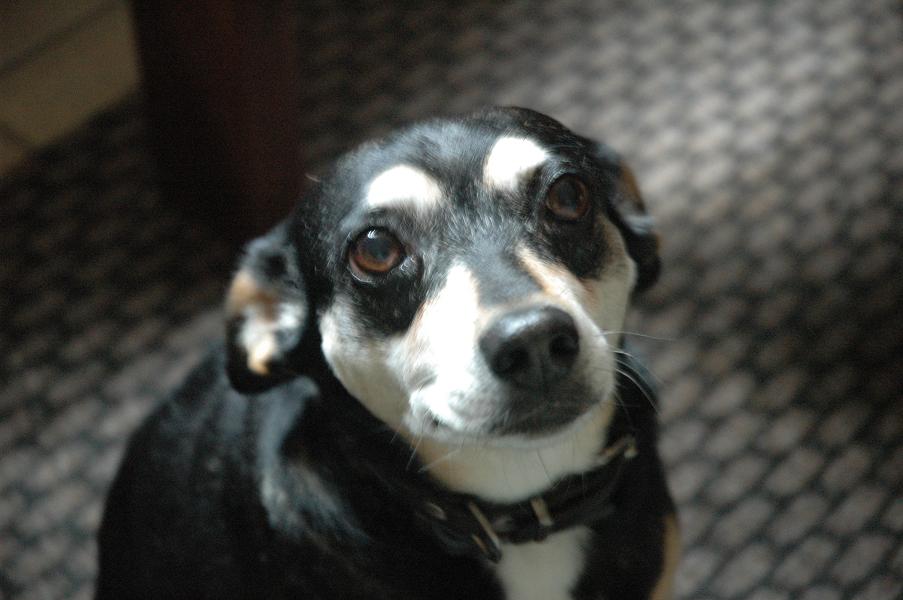
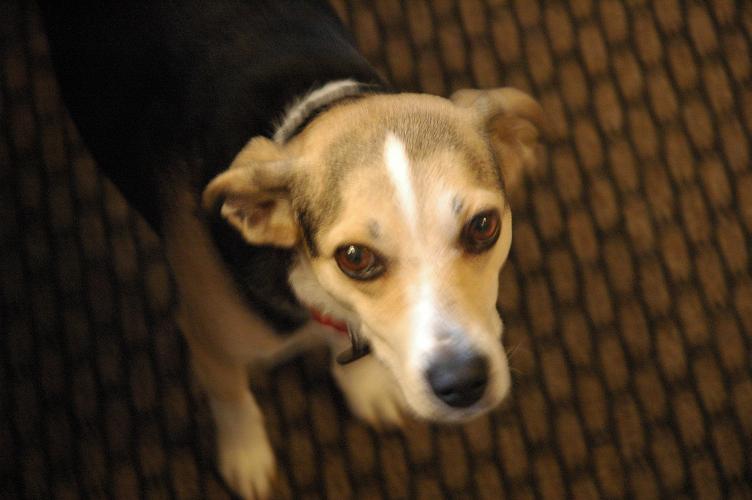
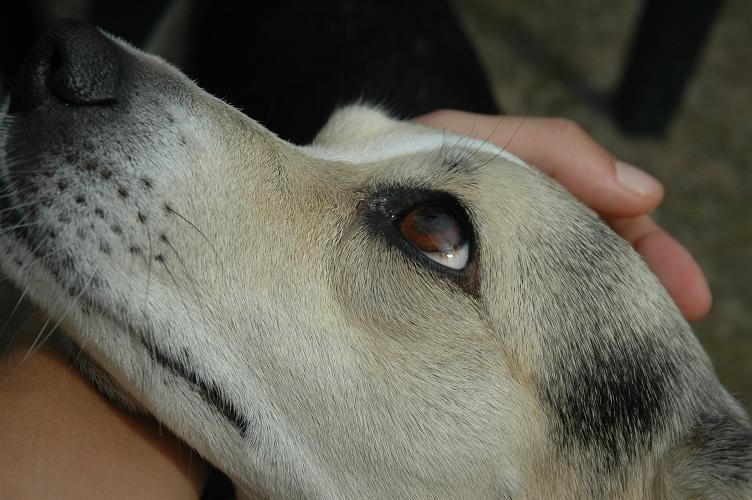
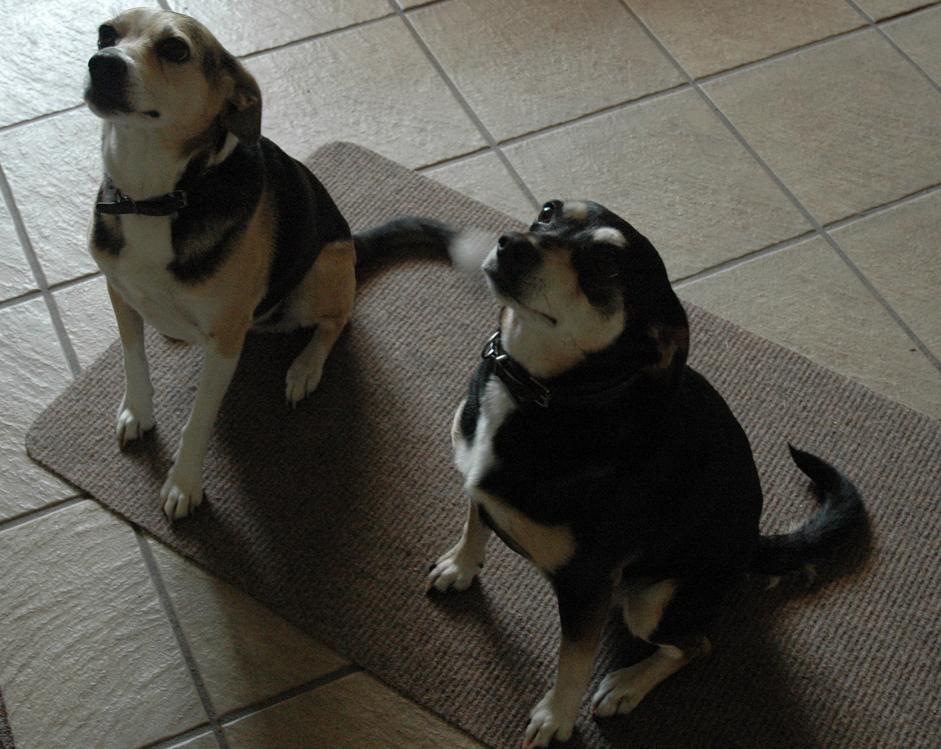
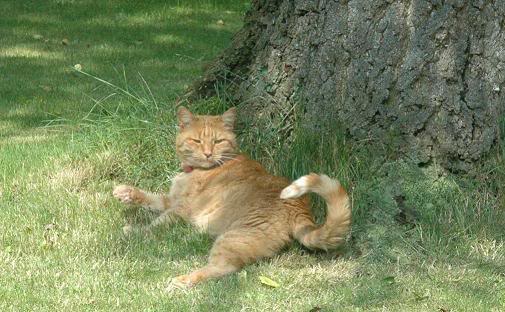

Lucy alias Losbol (Loose canonball) alias Rooiruf (Red rough)
At the end of the previous century (1995) I started to plant several trees, shrubs and conifers on a former high yield cultivated field.
The first years the weeds ruled (stinging nettles grew to 10 feet high).
When I found out that bamboo was available by mail order, the focus of the collection shifted to bamboo and other exotic plants.
Perennials were tested also, but most of them failed in our heavy soil.
The theme of the collection has become the enormous growth and evergreen powers of my botanical giants.
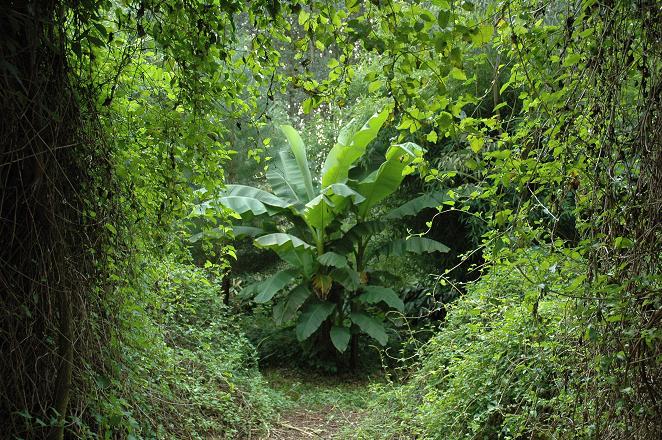
Entrance of the jungle (0,5 hectare). Silence here means shortness of tour. If need be circling the banana...
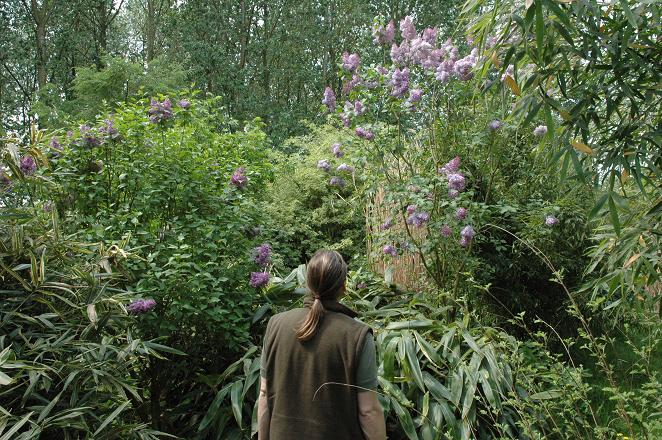
Impressed by the jungle.
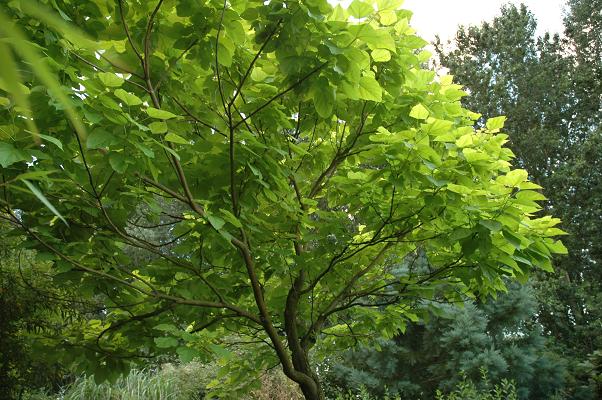
Catalpa bignonioides Aurea.
Hardy form of the common Catalpa. Yellow leaves until fall.
Below: Eucalyptus debeuzevillei, the hardiest species.
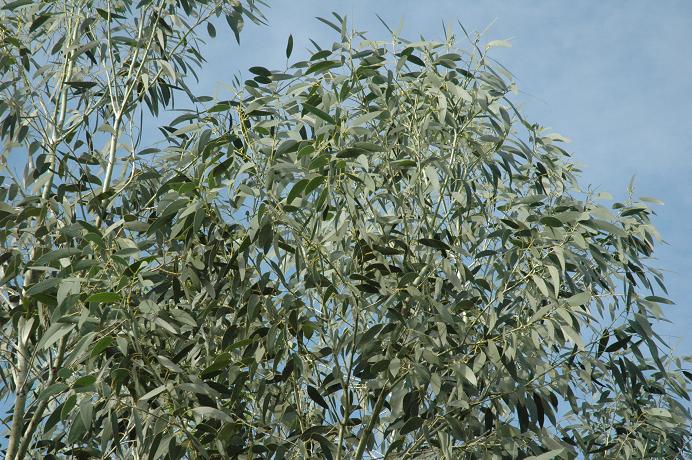
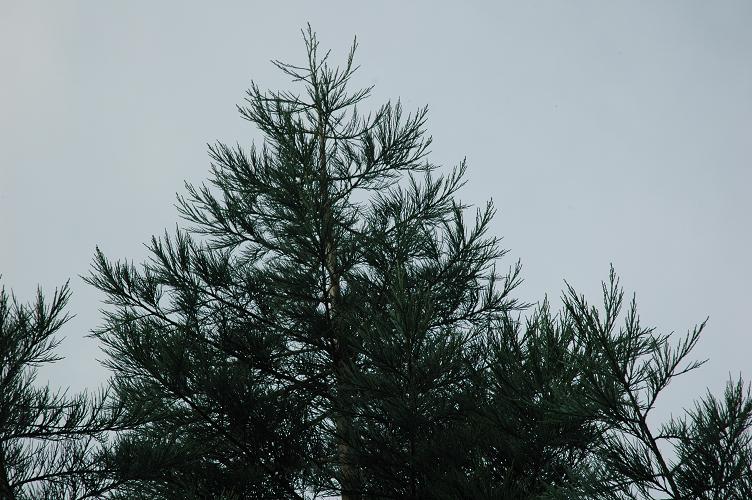
Sequoiadendron giganteum "Hazel Smith"
Giant sequoia or big tree, the largest tree in the world. Cousin redwood is even higher. So I also planted that one.
Big trees grow almost a meter per year. In Germany there are 50 meter specimens.
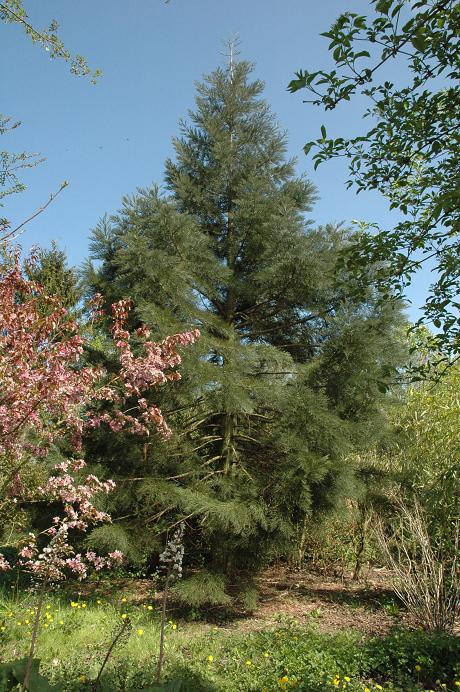
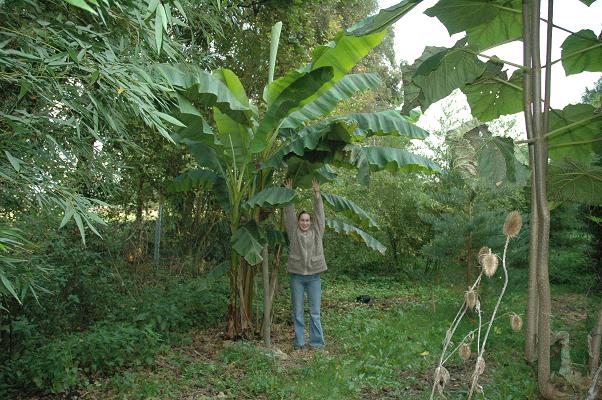
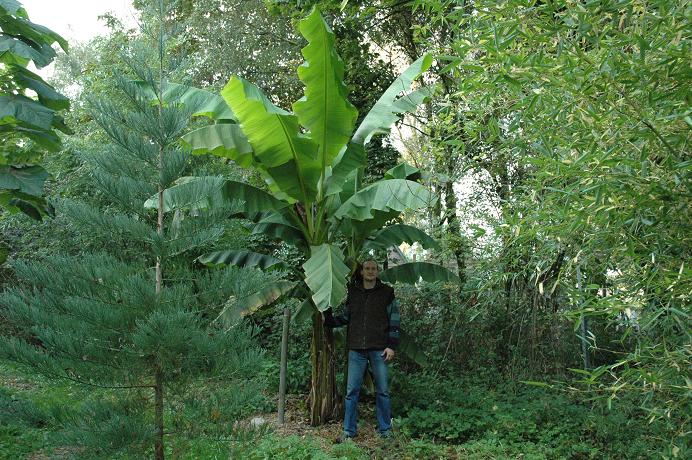
Musa basjoo Sakhalin.
Hardy japanese banana. In its third year already 4 meters in height.
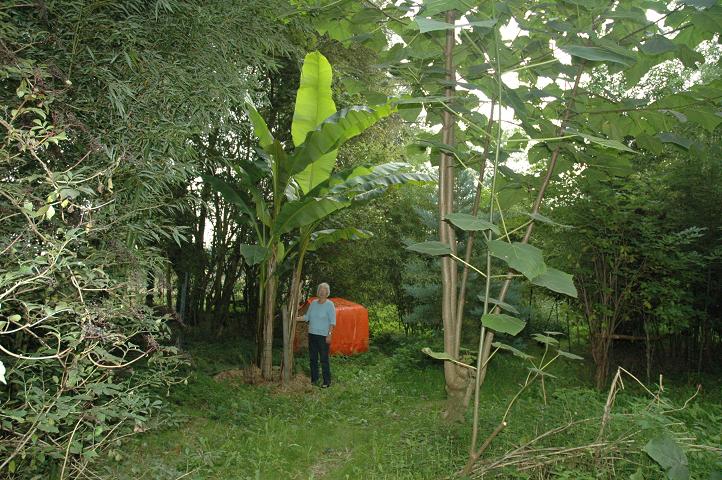
The same plant a year later (2006): topping 5 meters!
Below the protection against wintercold:
A cylinder of mesh 3 feet across stuffed with dry straw. Wrapped with thick bubblewrap.
Stem without leaves was 3 meter in length!

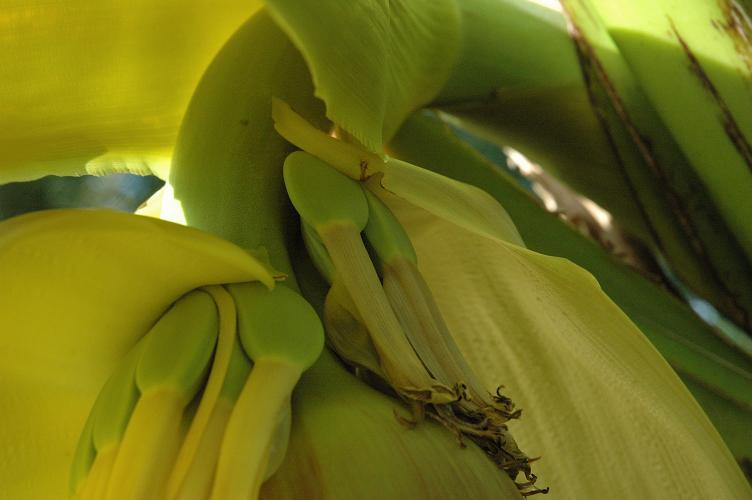
2007: Finally first bloom; More pictures of the banana (bloom)...
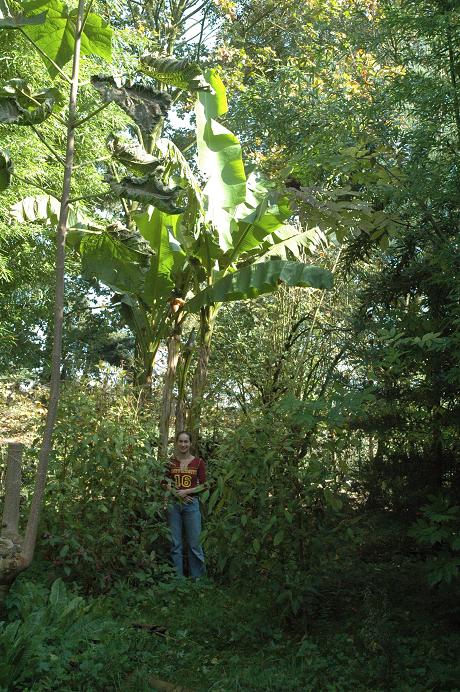
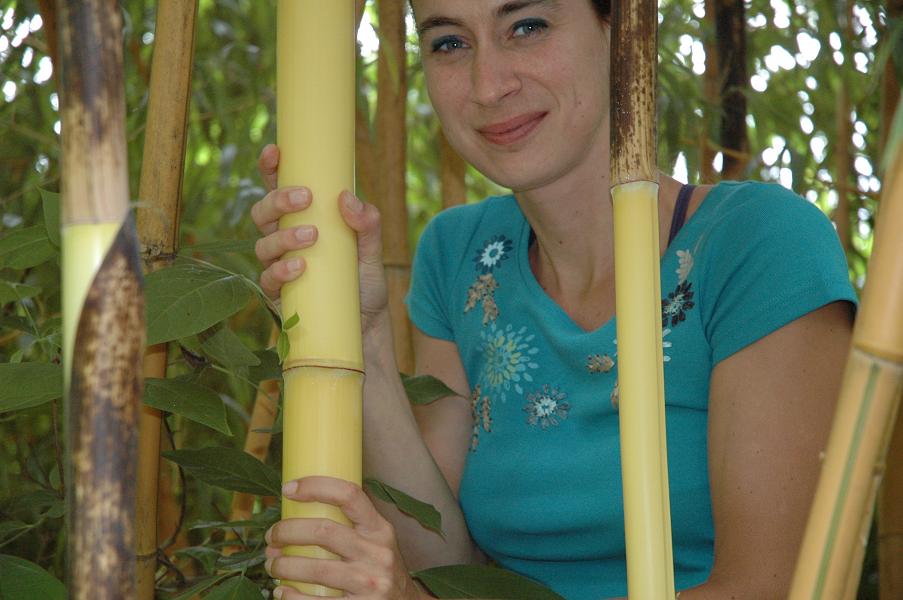
Phyllostachys vivax Aureocaulis (2006): Diameter 5,85 cm!
Below a year later (2007): more of that kind and even thicker (6,8 cm)!
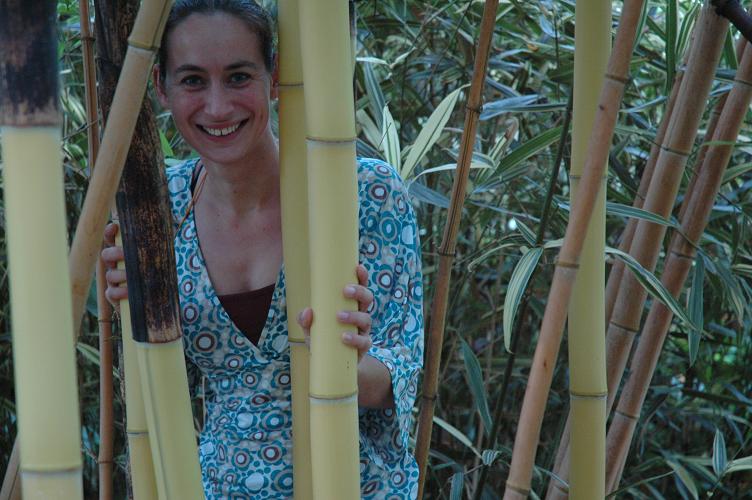
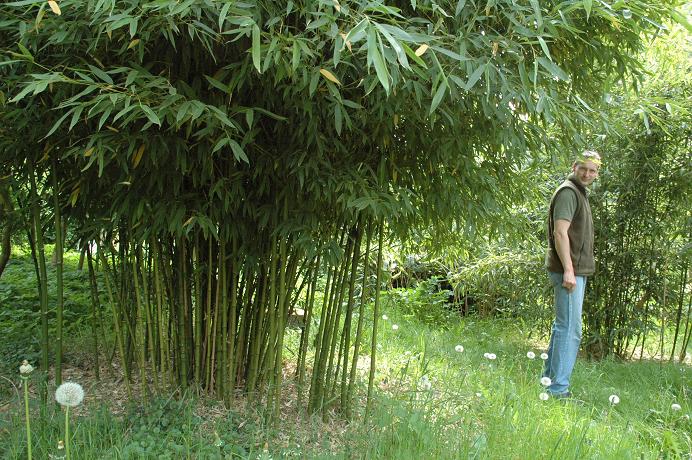
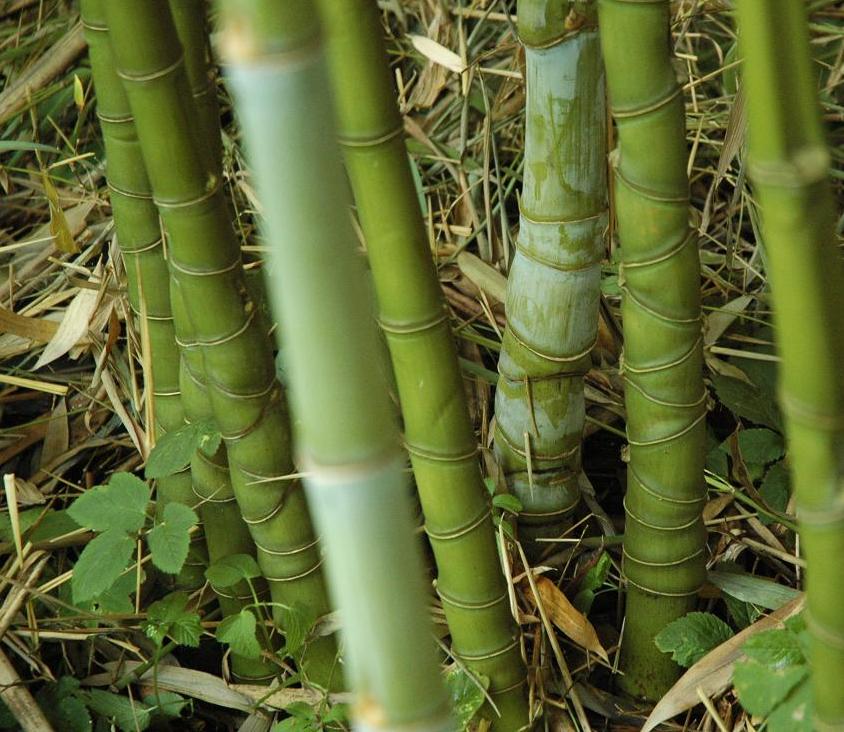
Phyllostachys aurea,
height 6 meters after 6 years. Meanwhile (2007) 7 meters in height with irregular swellings and nice turtle shell pattern.
Below: Fargesia sp. scabrida.
Behaves like a Yushania. Early shoot period.
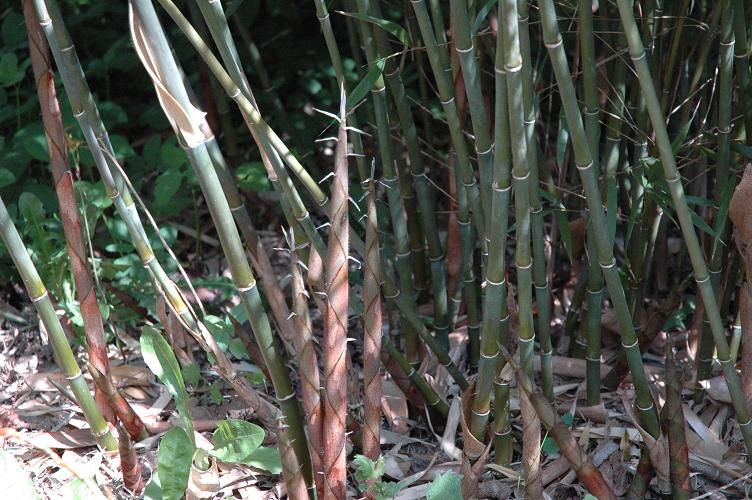
I collected over 70 species of bamboo. The coming years will show how they perform in our loamy soil.
until 2005:
The best growers are the Phyllostachys vivax variants (Huanwenzhu, Aureocaulis and the green Jantonquin clone), the Ph. Shanghai 3, and the Ph. sp. Kew.
Also well performing are the Ph. glauca variants. Phyllostachys parvifolia and kwangsiensis are a bit underperforming. The latter also fails to show beauty yet.
The species Ph. viridiglaucescens and Semiarundinaria fastuosa have had a lot of frost damage from the coldest nights in march.
2006:
A great year! As if my words should be falsified the Ph. parvifolia started growing. 5,2 cm the thickest stem became.
Also Ph. kwangsiensis went well, but remained slender having stems 7,5 meter long.
The Ph. glauca's have not become thicker. Thicker than previous years became Ph. iridescens (5,4 cm).
This species is now highest topping 9-10 meter!
Also upgrading to the 4cm+ league is Ph. prominens. Ph. sp. Kew (Hummel) did not disappoint.
Ph. shanghai 3 is over 5cm (5,2 cm) in diameter. This species shoots earlier than the vivax-clones and steals the show at that moment.
But the vivax-clones always topped it with thicker stems. How long can they keep it up?
Ph. vivax Huanwenzhu inversa has become big this year. This variant is spawn from vivax aureocaulis and has yellow stems with green sulcus (flat side of the stem).
Ph. nigra Henonis grows well and belongs to the big bamboos now. Nice species. The longest stem topples and is 8-9 meters in length (3,9 cm thick)!
Biggest biomass has Ph. bissetti: the clump is 10 meters across and 6 meter in height.
Ph. rubromarginata (bought as Ph. decora) is shooting late; on the edge of the season a stem topping 9 meters! I almost removed that plant, oops...
2007-...:
See specieslist for complete growth results.
These results are mainly interesting for dutch inhabitants, therefor summaries in english are discontinued.
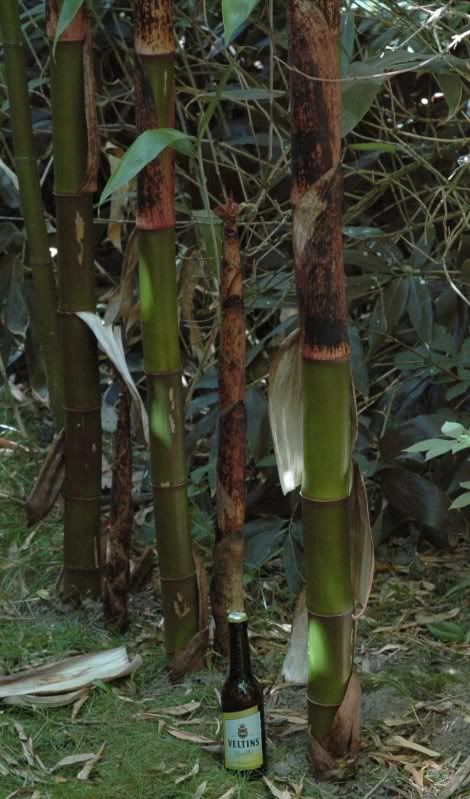
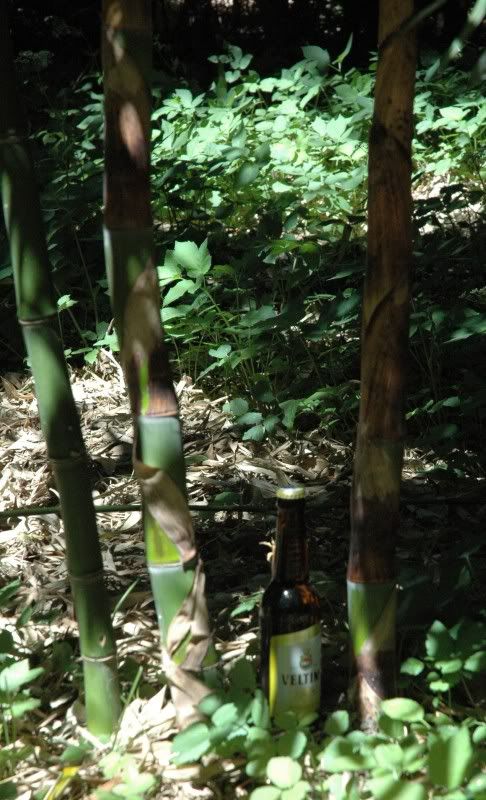
2010: Above Shanghai 3 and Phyllostachys sp. Hummel/Kew with white culm sheaths.
Below Ph. kwangsiensis and Ph. iridescens.
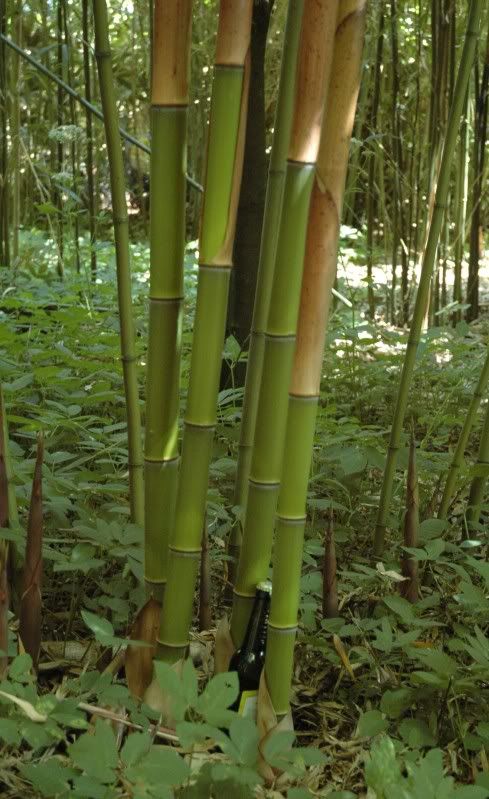
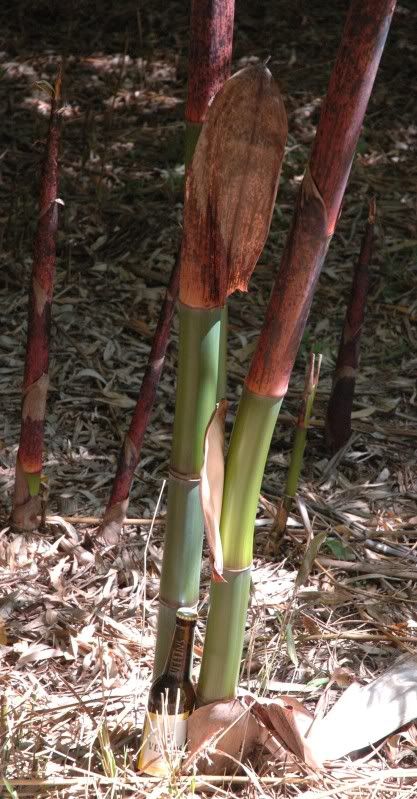
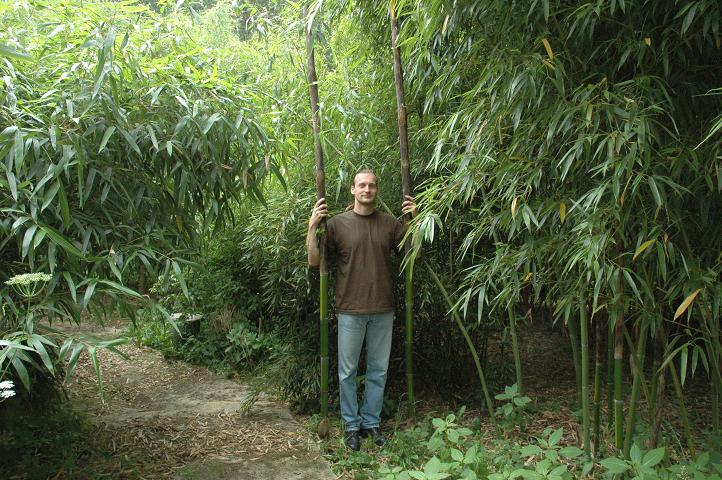
Twin towers 2006. Phyllostachys vivax Huanwenzhu.
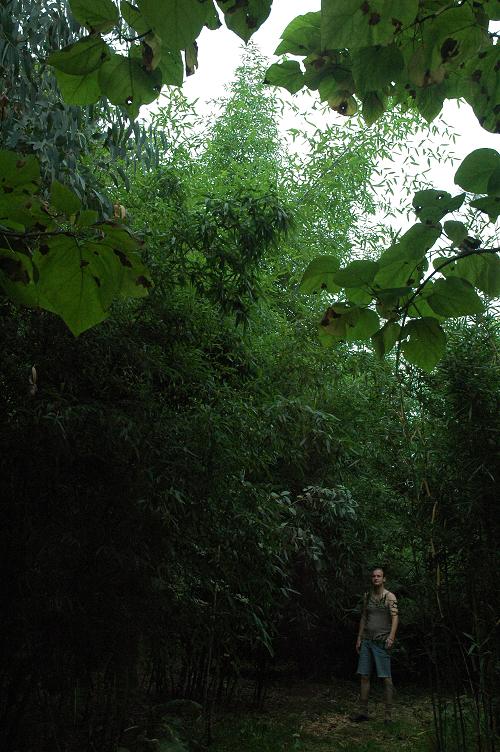
Phyllostachys iridescens 2006: 10 meter in height; I (1,88m) am at the same distance from the camera as is the stem.
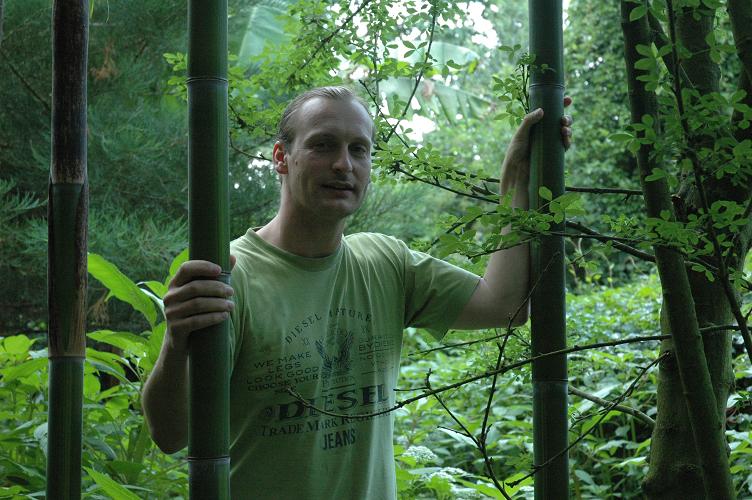
Phyllostachys vivax Huanwenzhu 2007: 7,5 cm diameter. A beast!
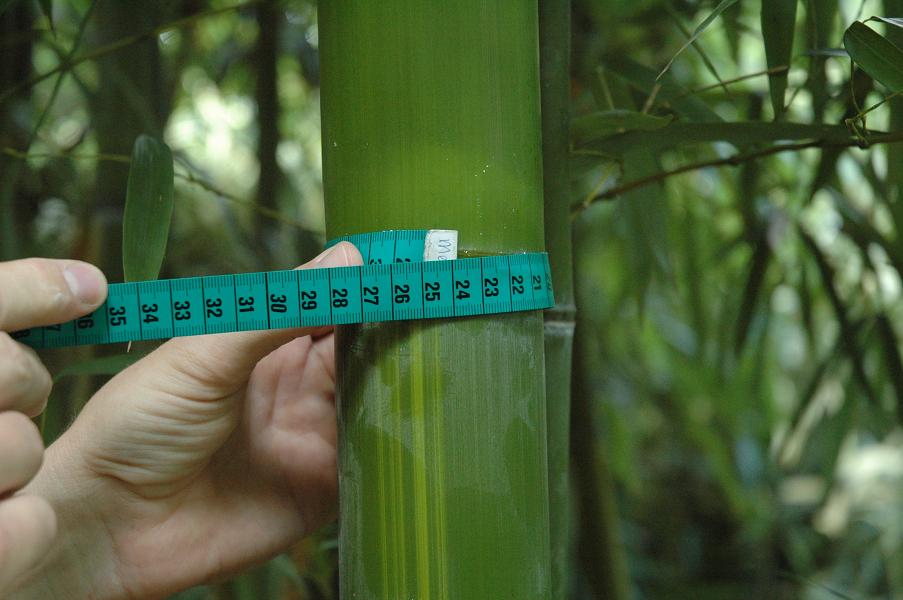
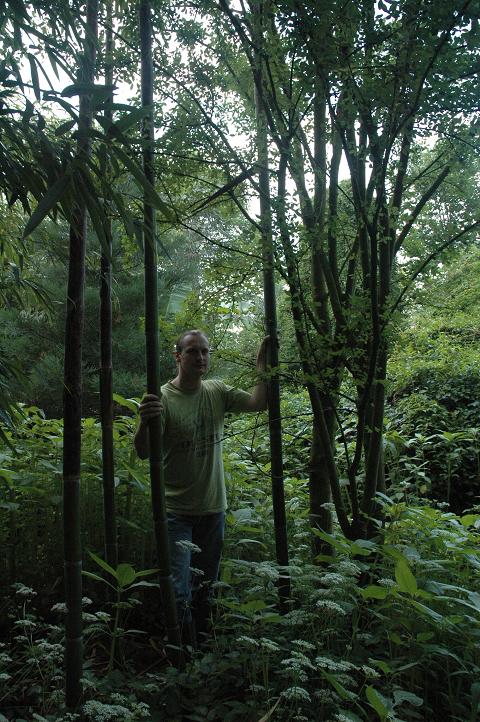

Another giant is rising: Phyllostachys parvifolia.
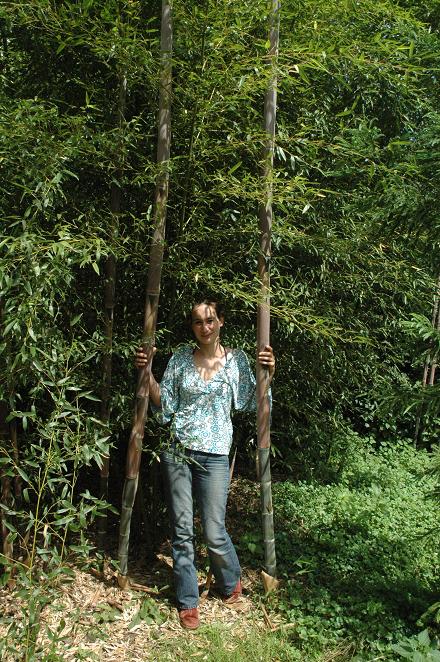
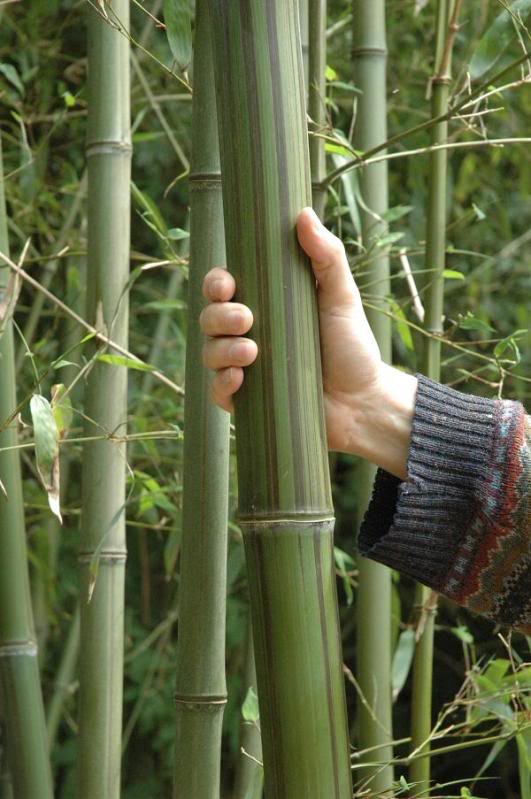
Phyllostachys iridescens 2008.
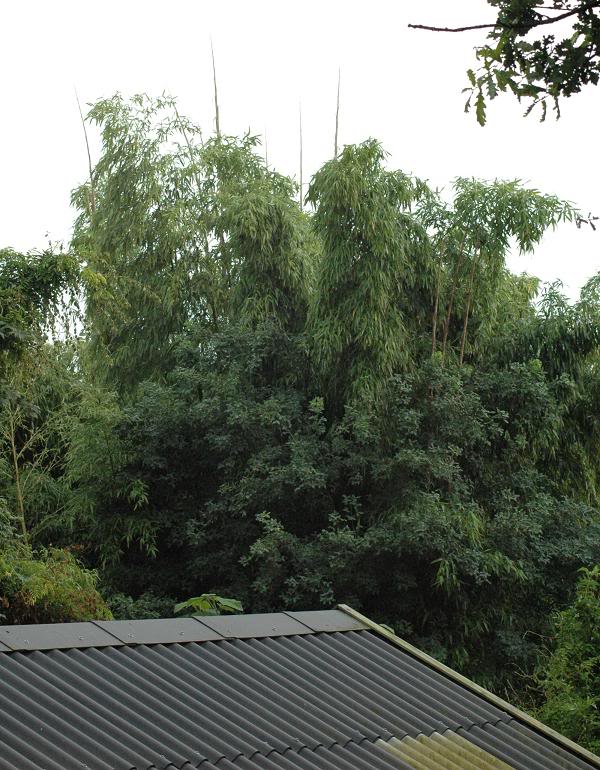
Phyllostachys vivax Huangwenzhu 2009. The old culms are already 10-11m long!
Below the same plant. To the left a few culms of Ph. kwangsiensis at the same distance from the camera.

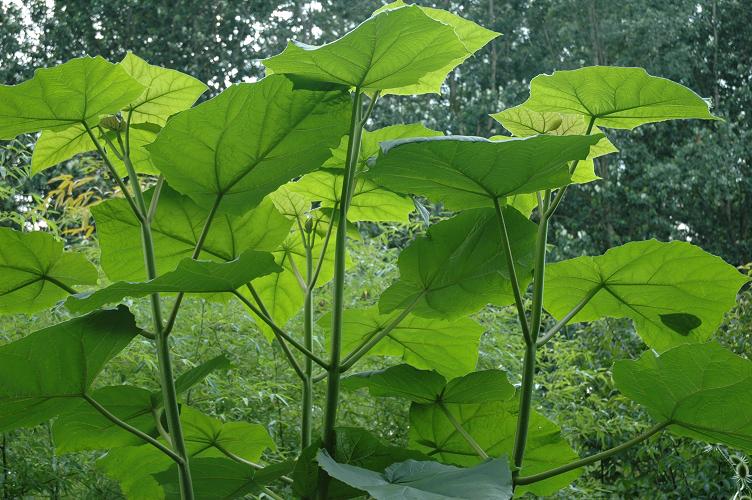
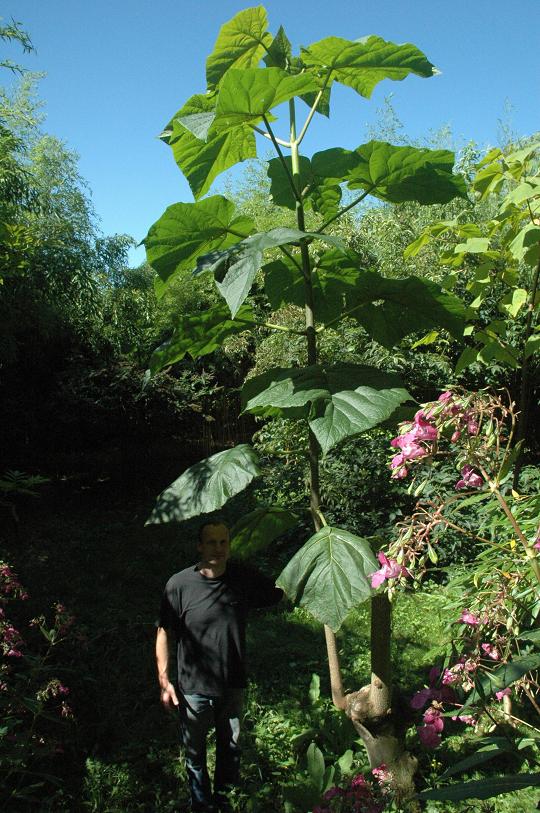
Paulownia
Maybe the most spectacular plant. Leaves up to 70 cm across! I have multiple species.
Below a leave of 68cm wide and 113 cm long of Paulownia tomentosa.
The tree grew 7 meters in 2 years.
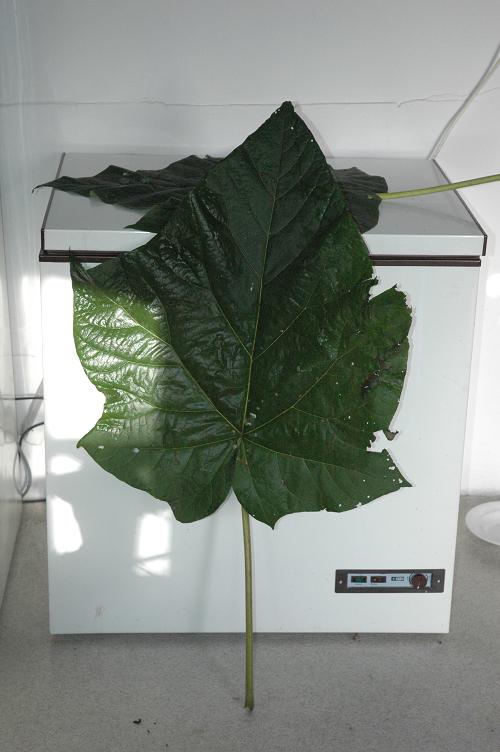
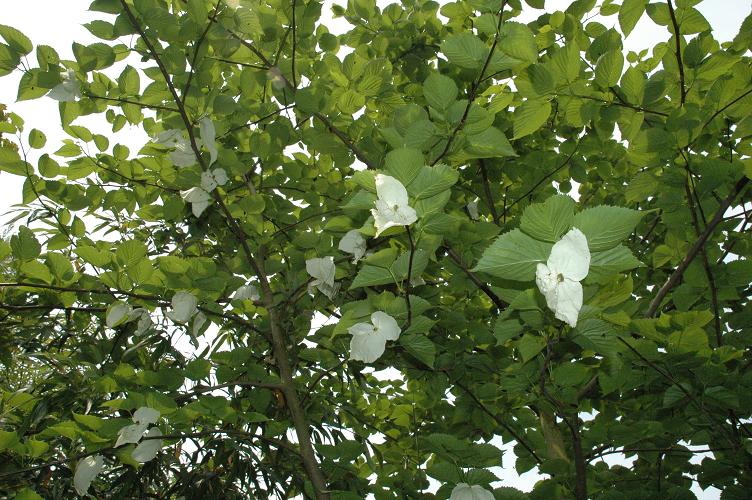
Davidia involucrata
The dove tree bloomed for the first time this year (2006).
Below: Cornus nuttalli.
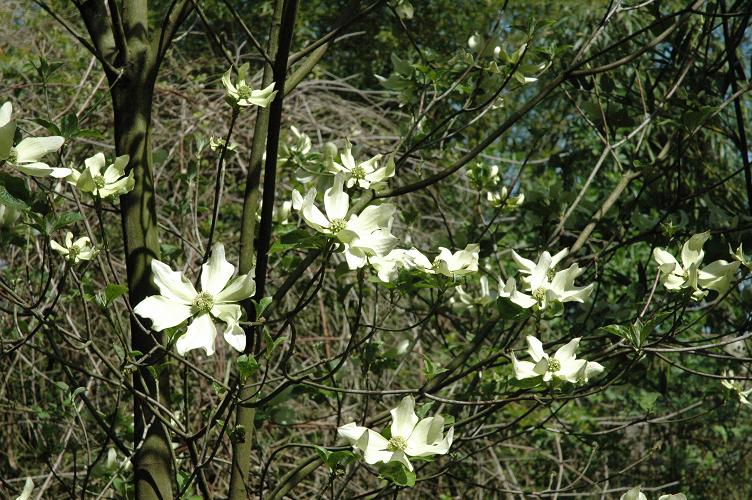
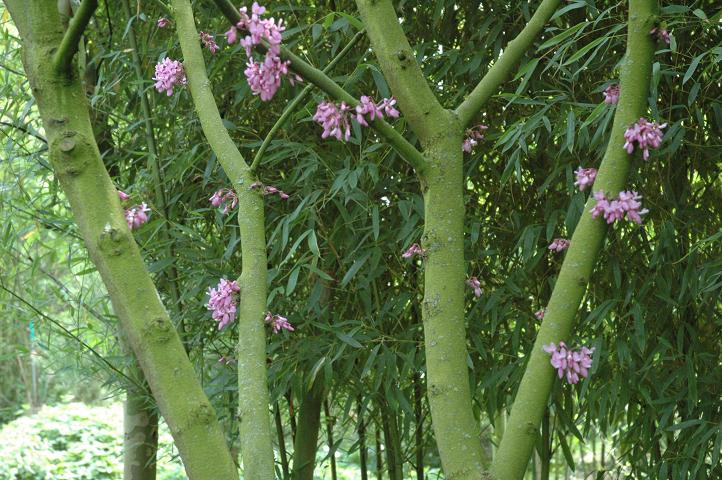
Cercis siliquastrum
The Judas tree with flowers on the stem.
Below: Prunus serrula, a primitive japanese cherry.
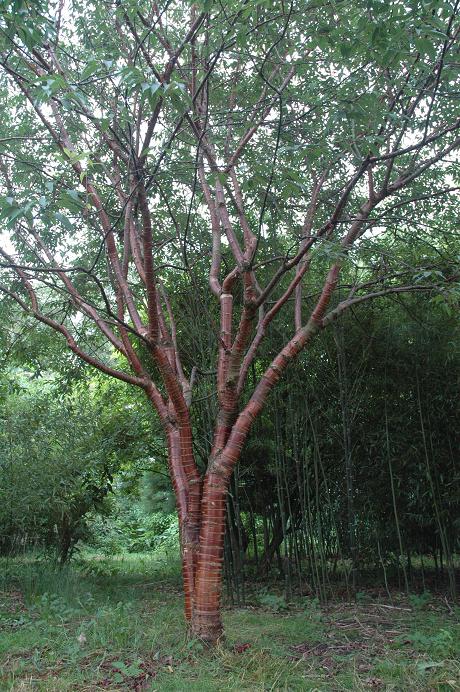
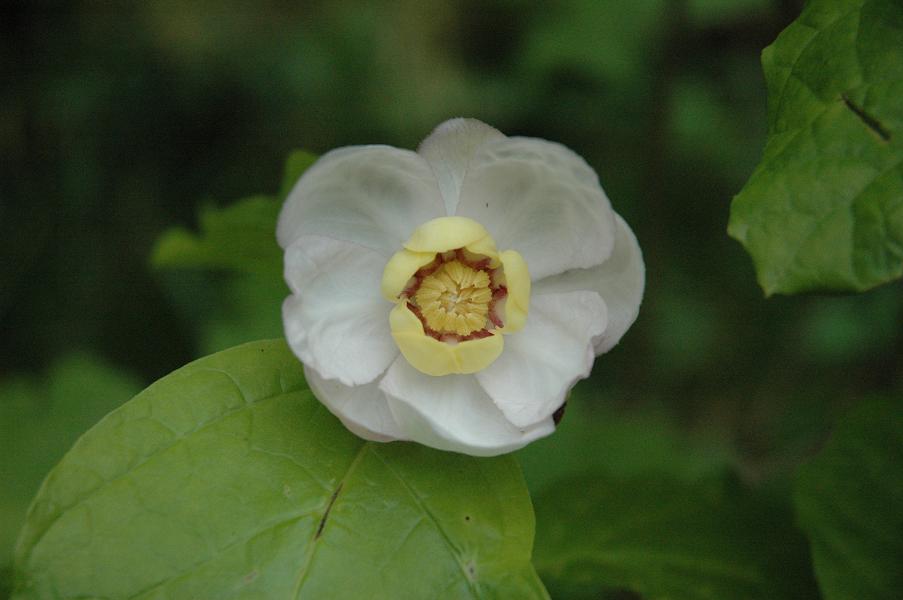
Sinocalycanthus sinensis. Nice shrub.
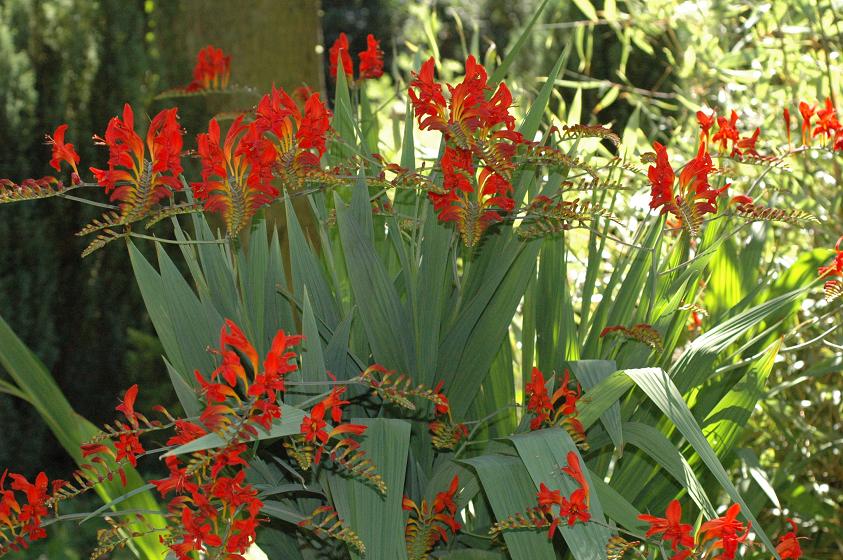
Crocosmia "Lucifer"
Sowable in the Netherlands.
Below: Tetrapanax papyrifera Steroidal Giant.
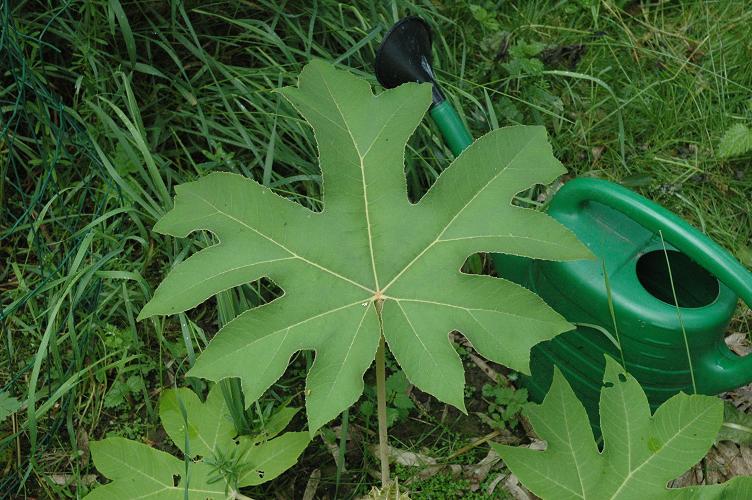
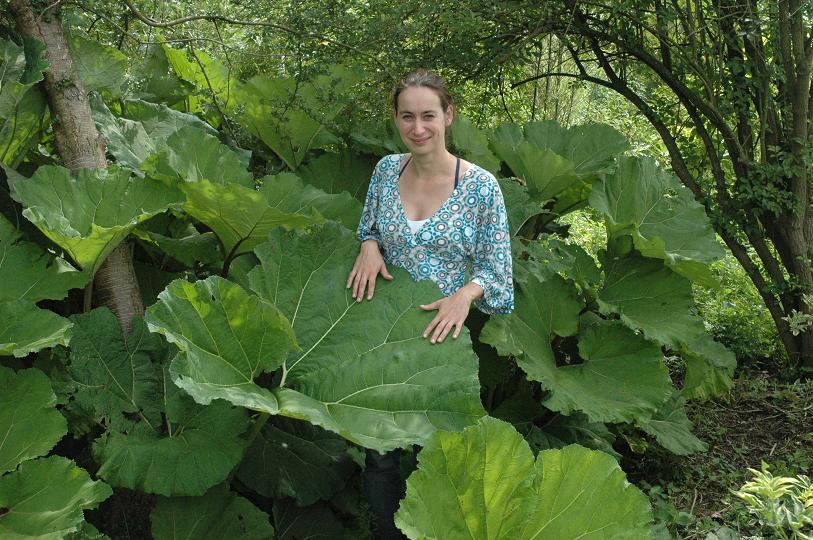
Native power plant: Petasites hybridus, butterbur. The snails were leniant...
Below: Gymnocladus dioicus, the Kentuckey coffee tree.
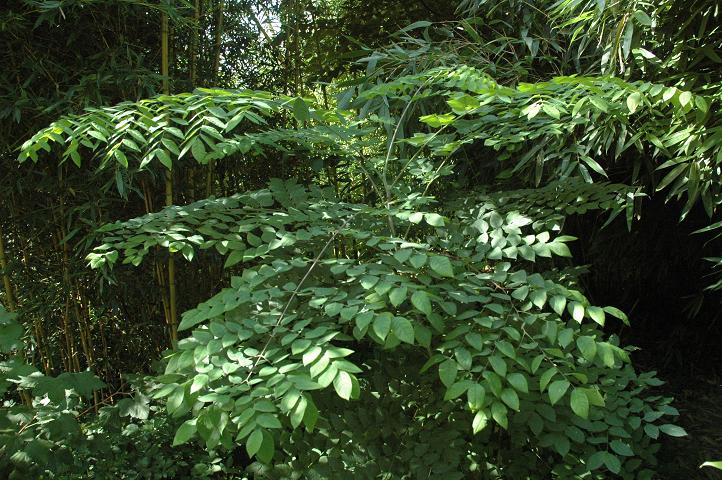

German Bamboo Board, EBS Germany
Plants are a nice hobby, the care is limited (and postponable) but the results take time.
Opposite poultry. Nothing envigors your garden more than birds do, especially chickens.
Unfortunately the domestic fowl is a bit in retreat. Many breeds are maintained by fewer and fewer breeders.
That's why I chose to breed picky landfowl like lakenvelders and hamburghs.
Besides that I am a biologist with interest in genetics. Therefor I research and create chicken colors.
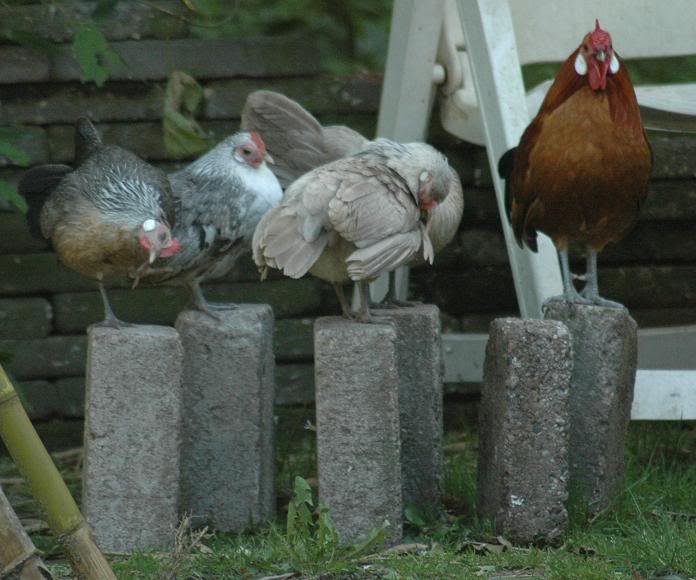
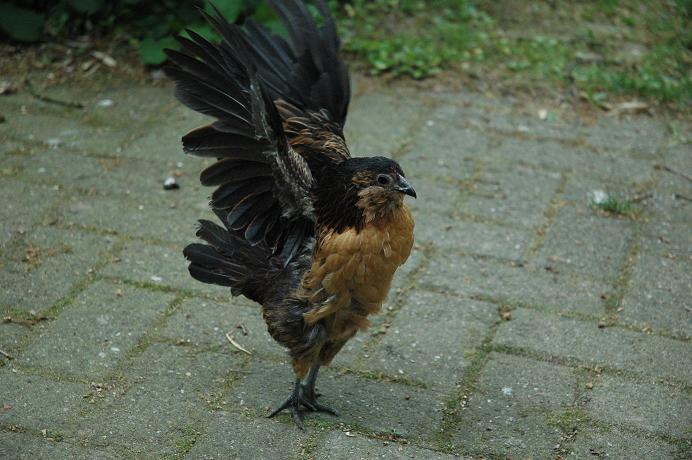
Uiltje (little owl), our barbu d'anver pullet.

Lakenvelder pullets, 3 months old.
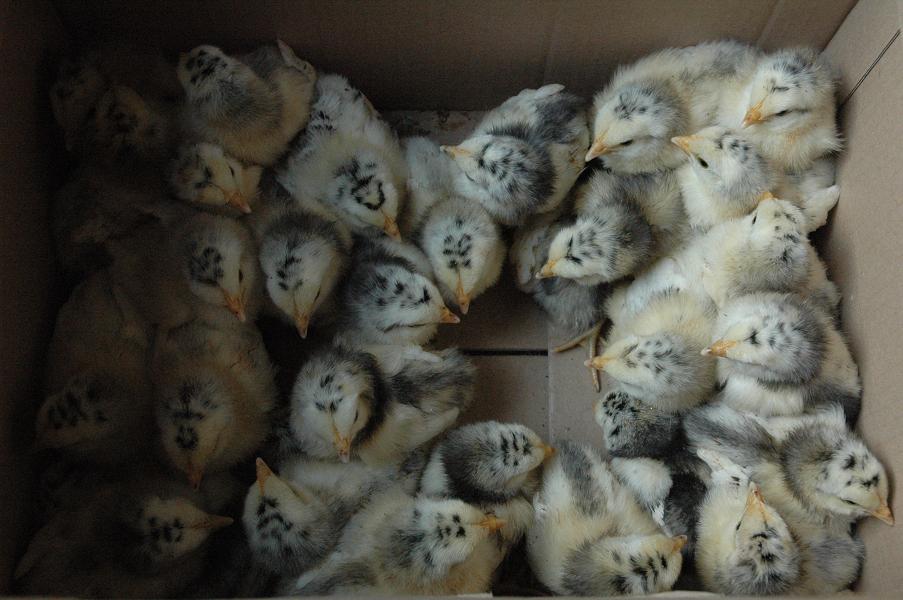
Lakenvelder chicks, 2nd wave 2006.
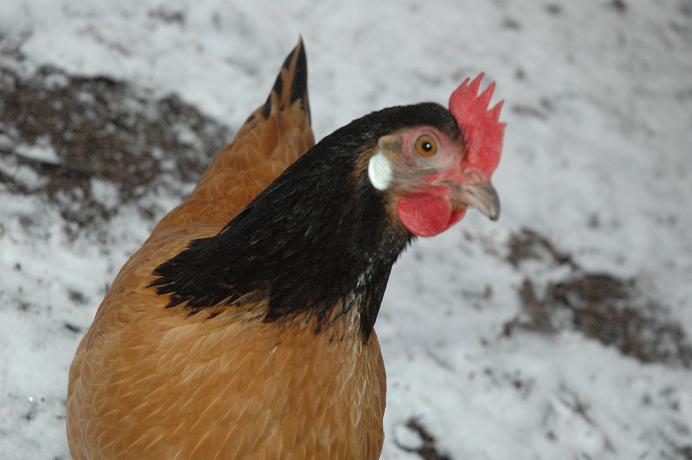
Miss Vorwerk, mother of a new color? Below: Sjors, red pyle dutch bantam, partner in crime.
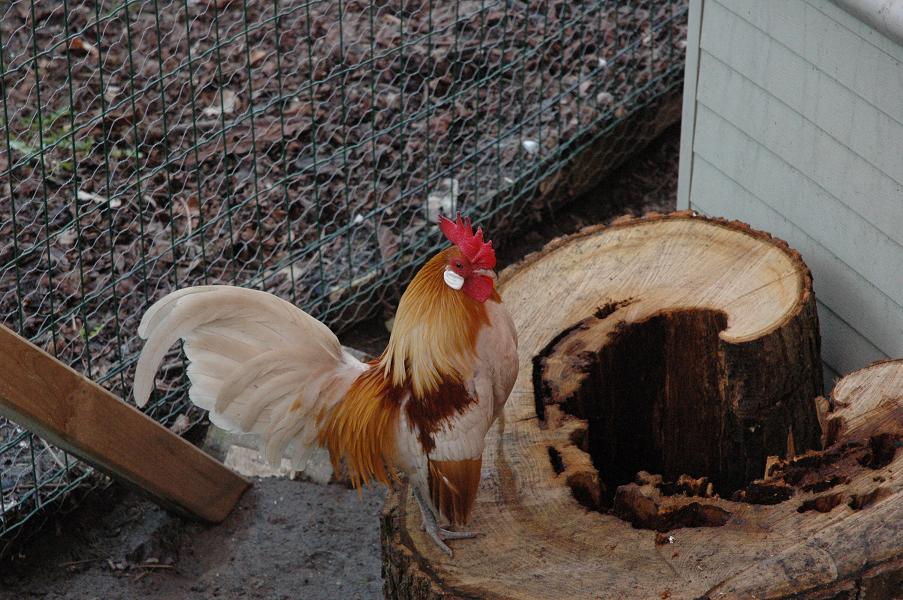
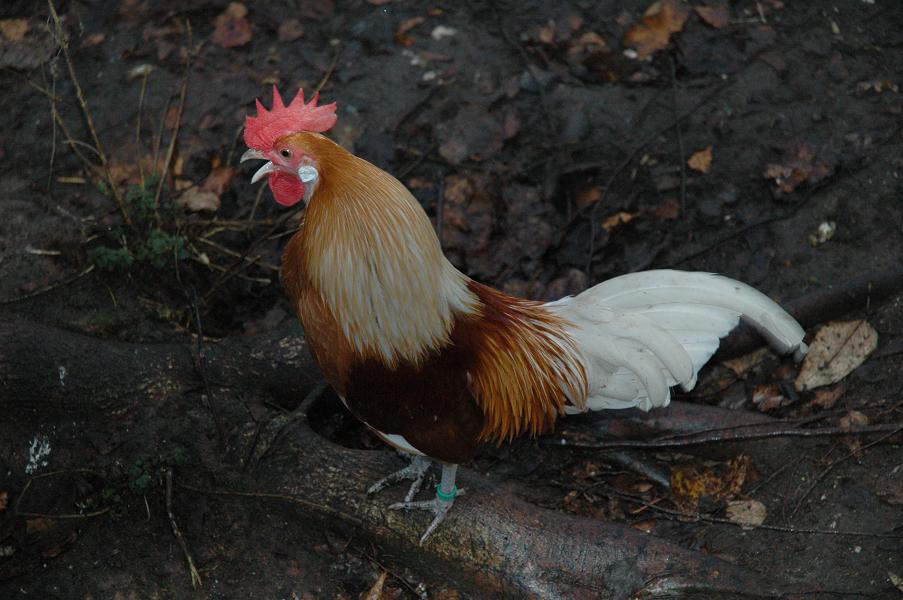
F1: white patterned buffcolumbian.
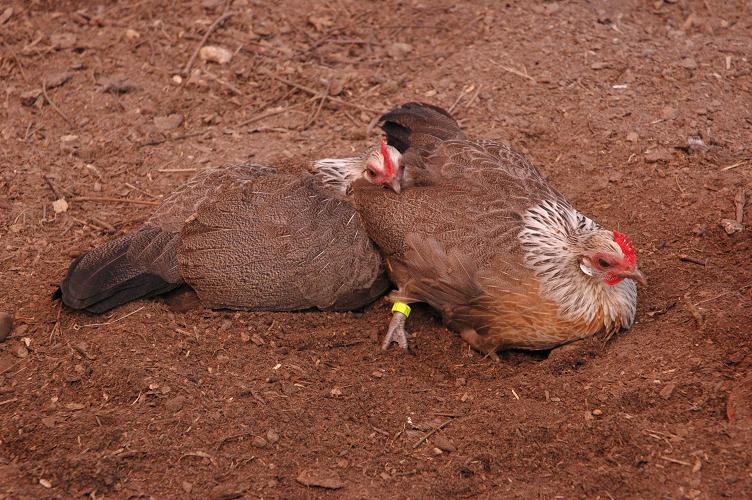
Time for a sand bath.
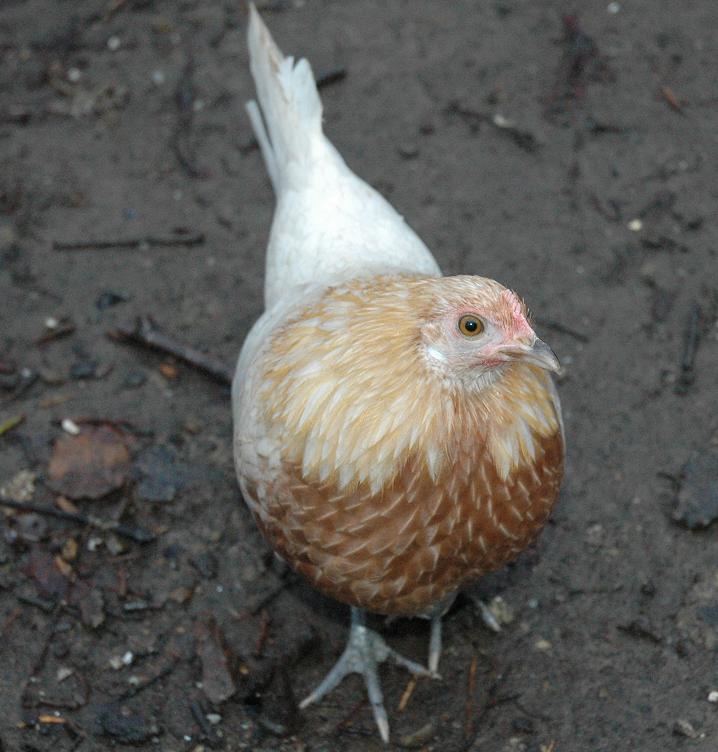
Red pyle dutch bantam pullet
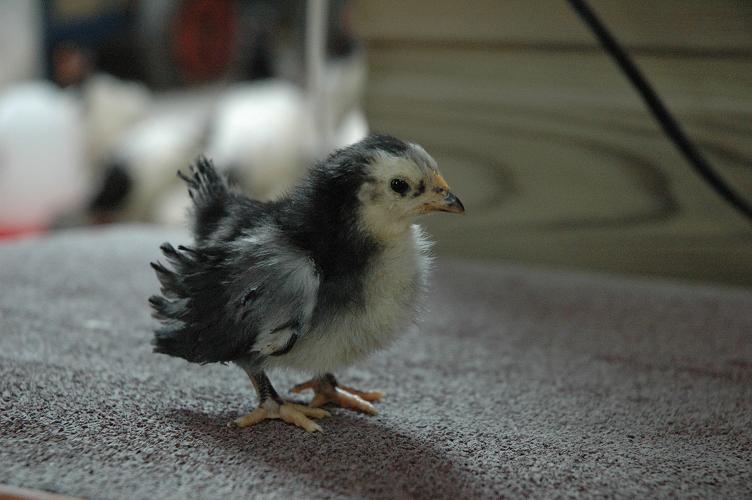
Frizzled japanese bantam chicks.
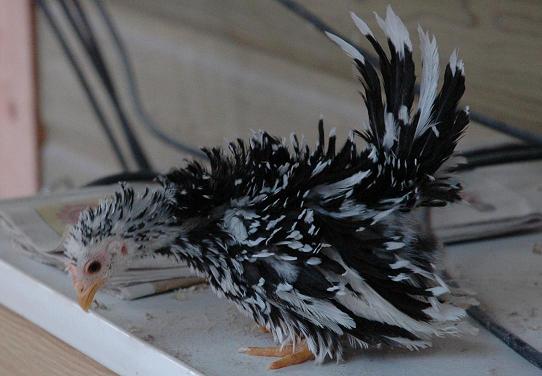
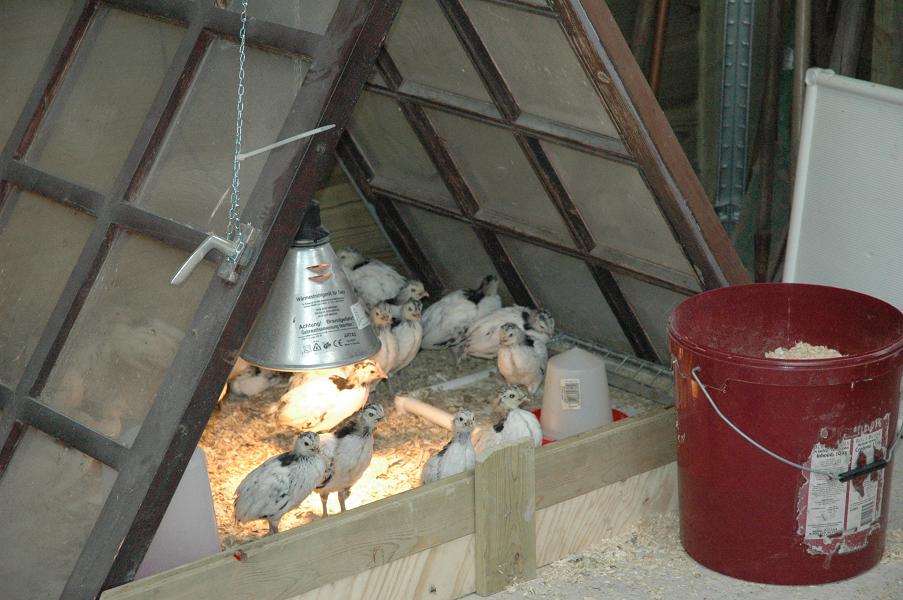
The pyramid, my 2nd chick pen.
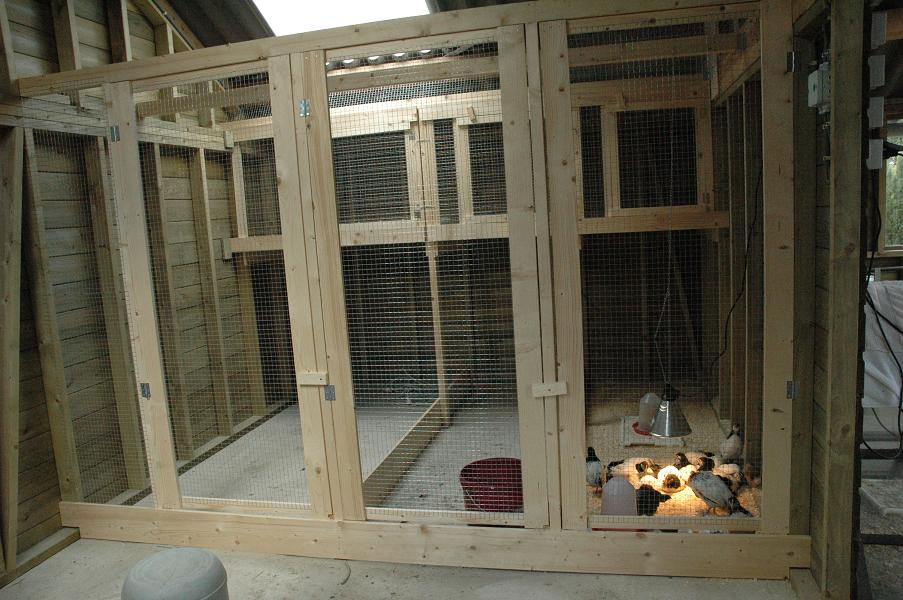
Chick pens, with 1st wave of lakenvelders.
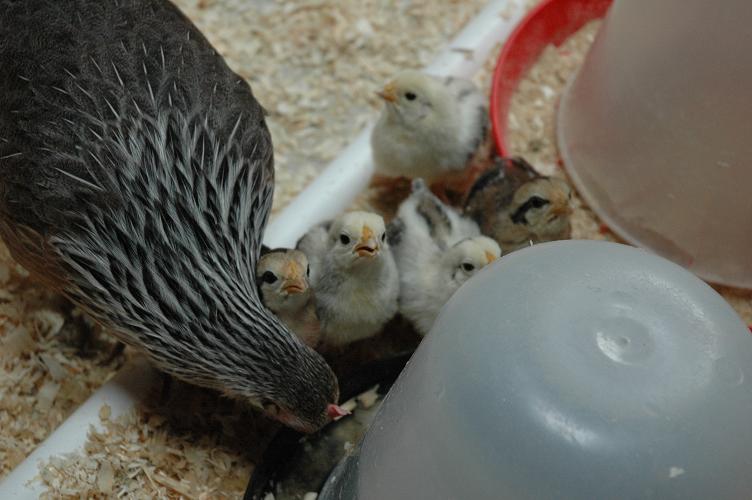
Broody hen method is also tested.
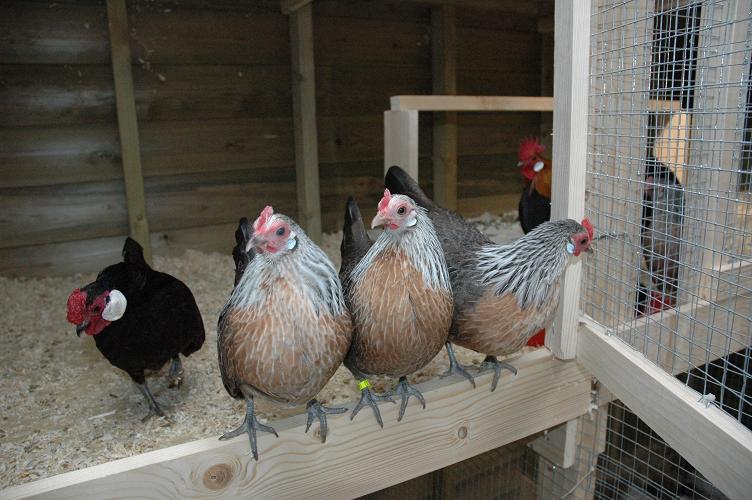
Raised pen for little bantams.

Ninja Watermaal (barbu de watermael)

Hamburgh heaven.
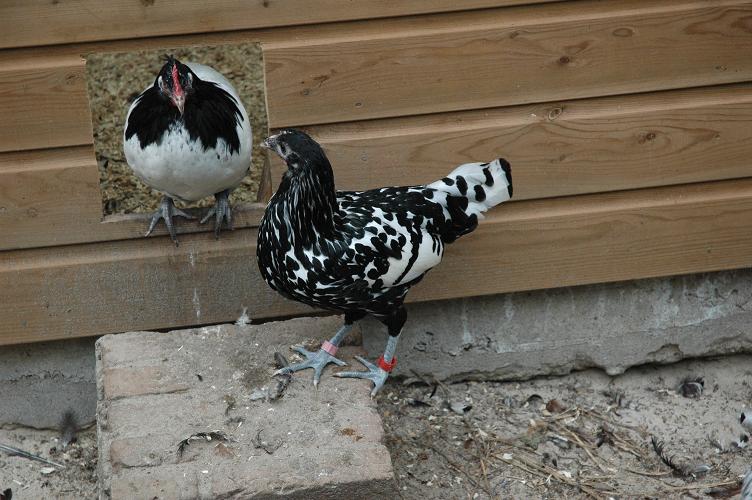
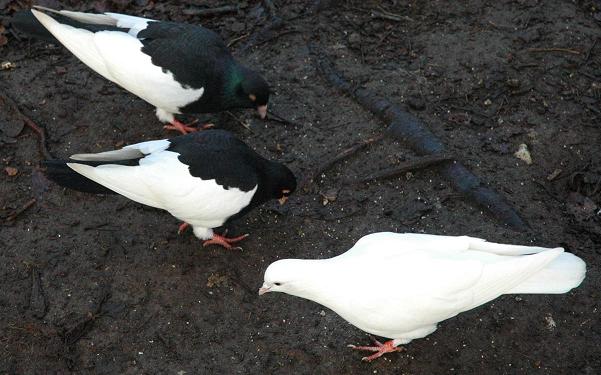
Old german magpie tumblers and white arabian trumpeter.
Pigeons need a lot of space on the roost.

|
My own genetics webpages: Chicken calculator, Crossing simulator
Colorlist portal for Genetic Calculator, Overview page Genetics
Free on line Livestock management programm Breedbook
Aviculture-Europe, webmagazine
Featuring me EN
| Magpie tumblers EN
| Article Calculator EN, scroll down
| Lakenvelder EN
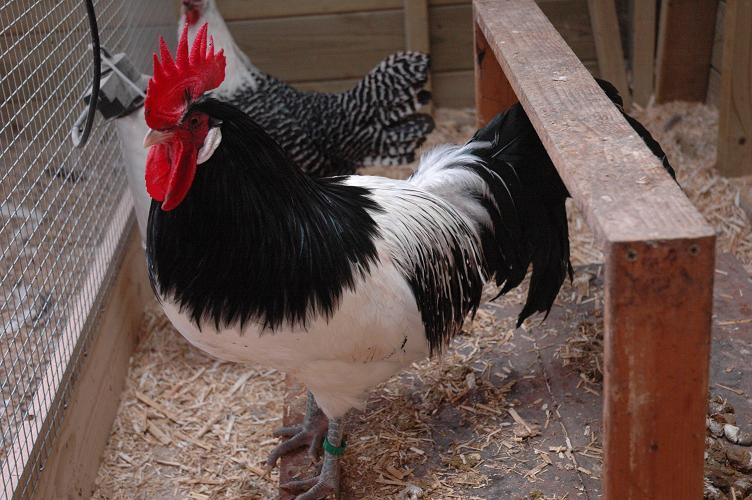
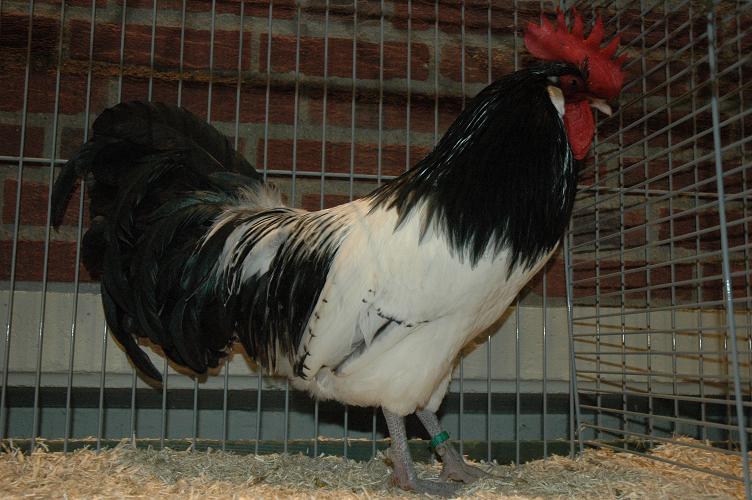
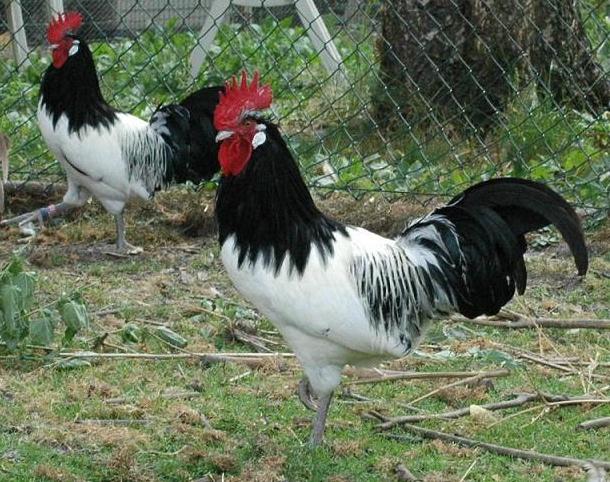
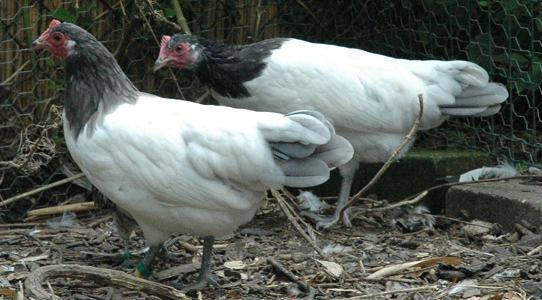
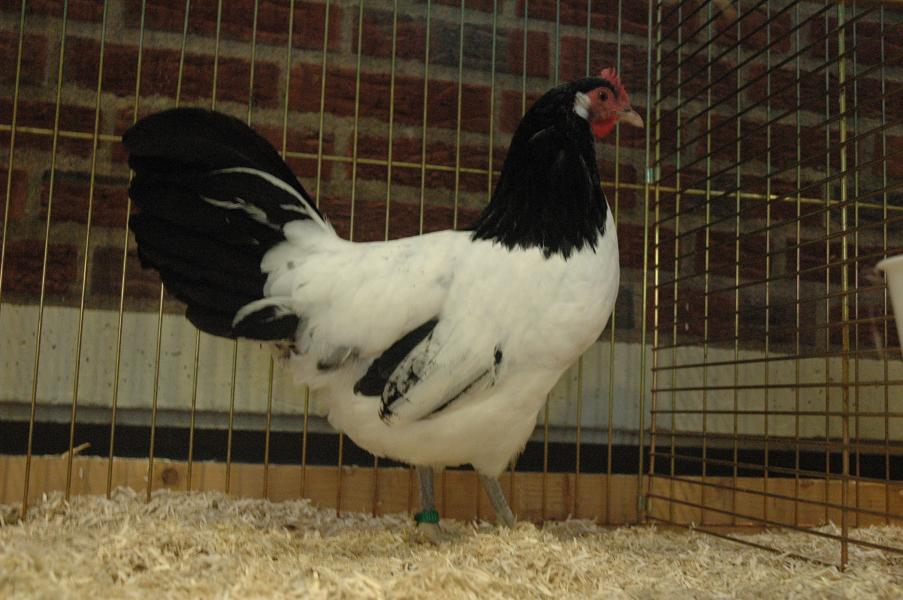
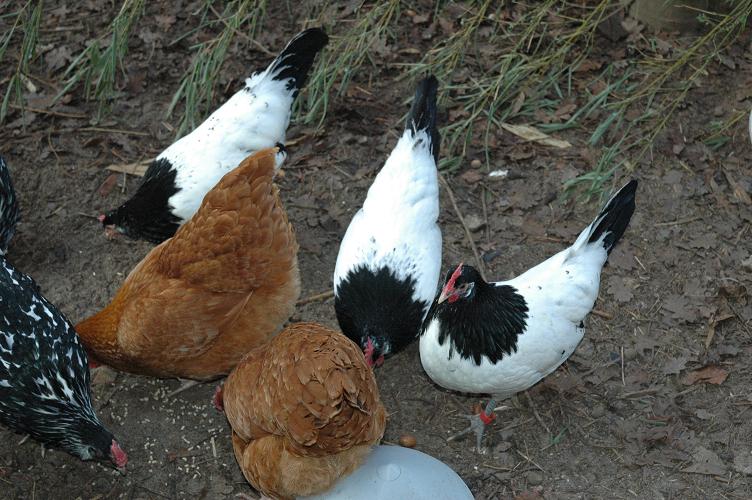
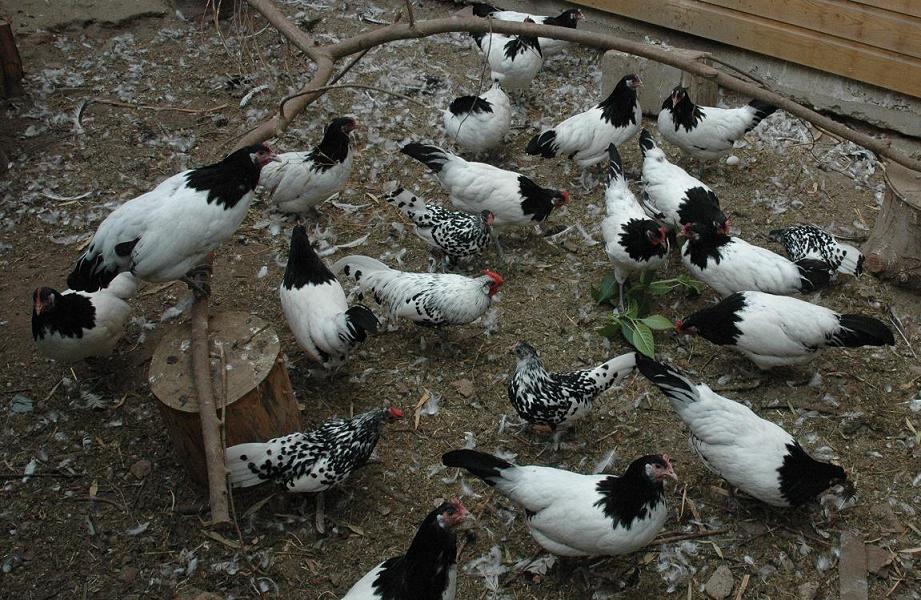
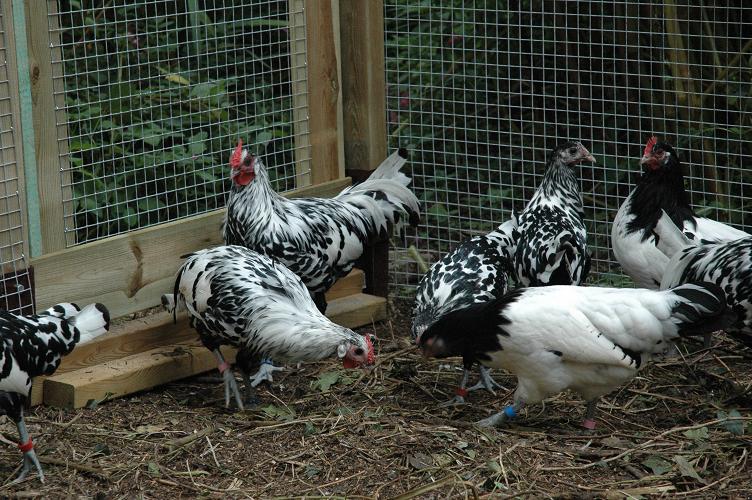


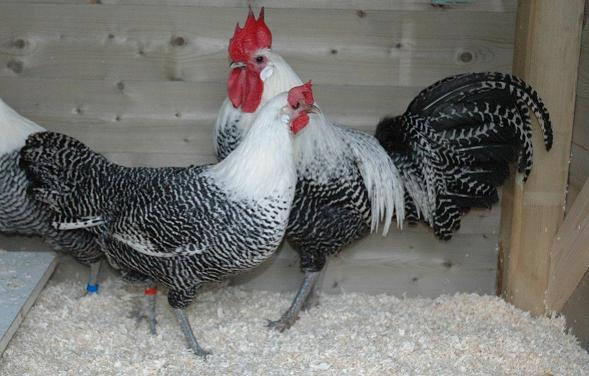
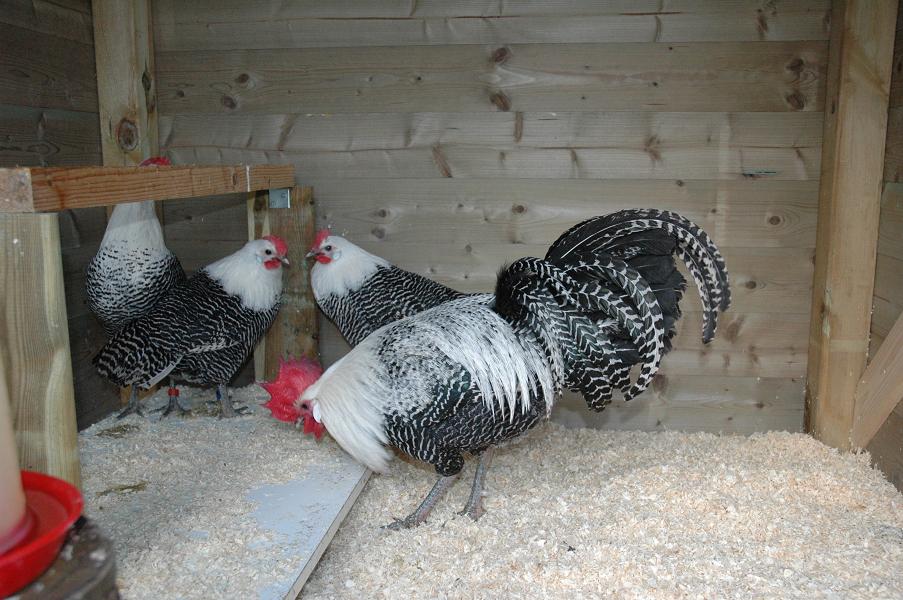
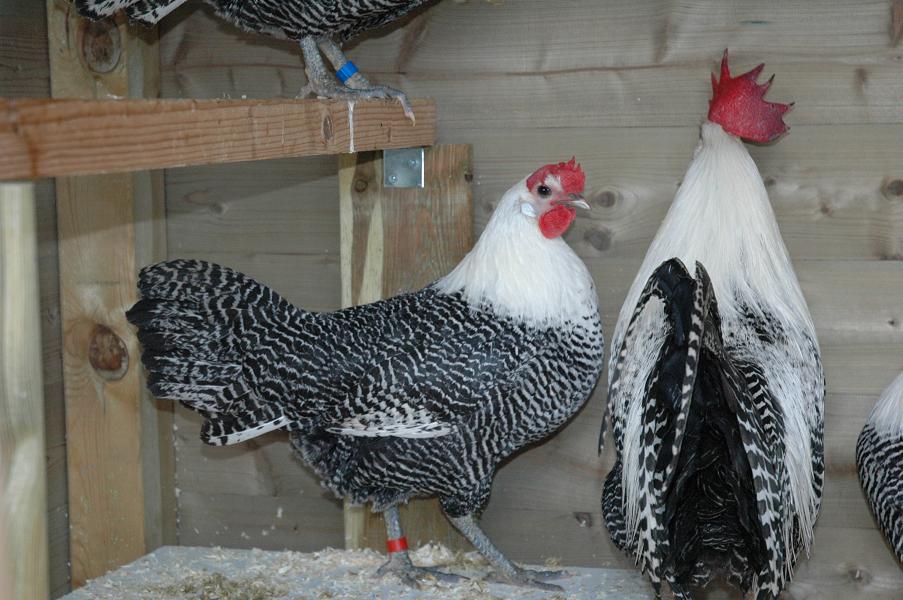
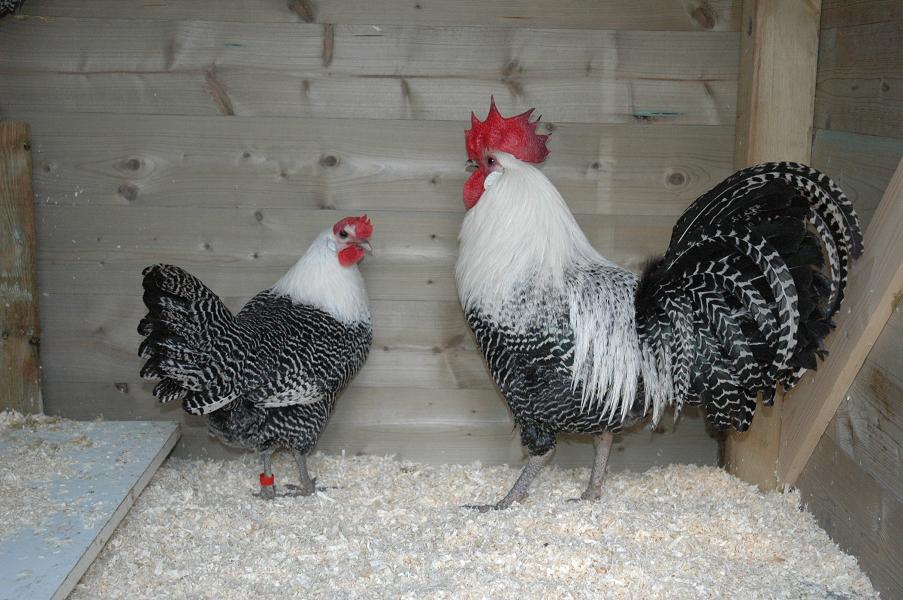
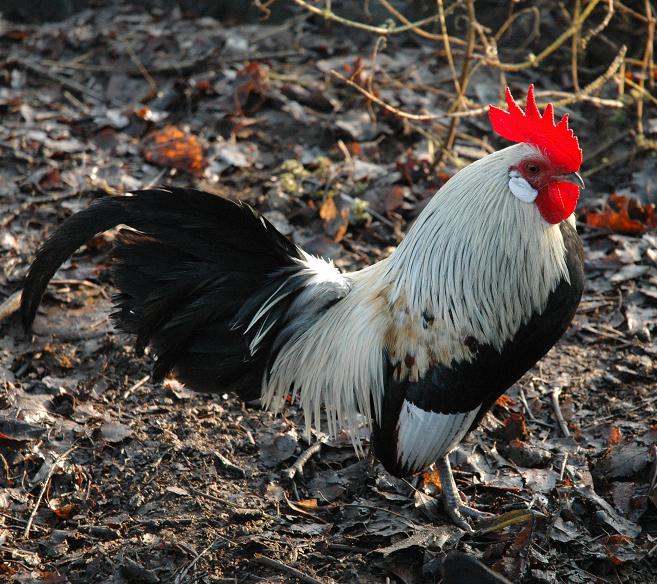
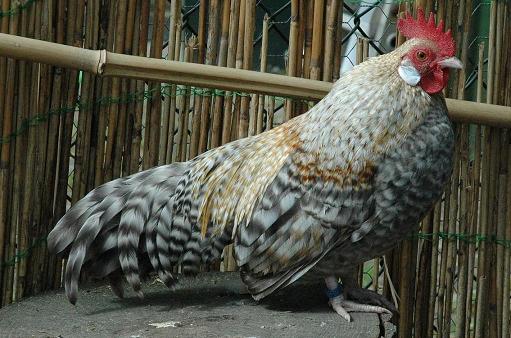
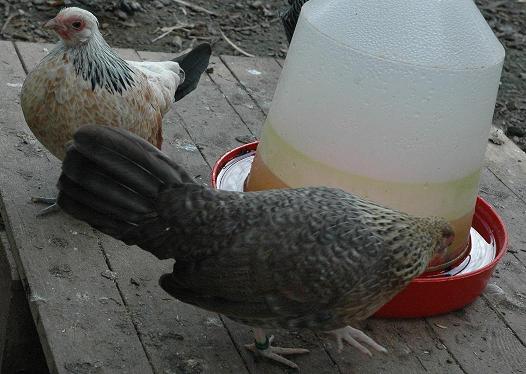

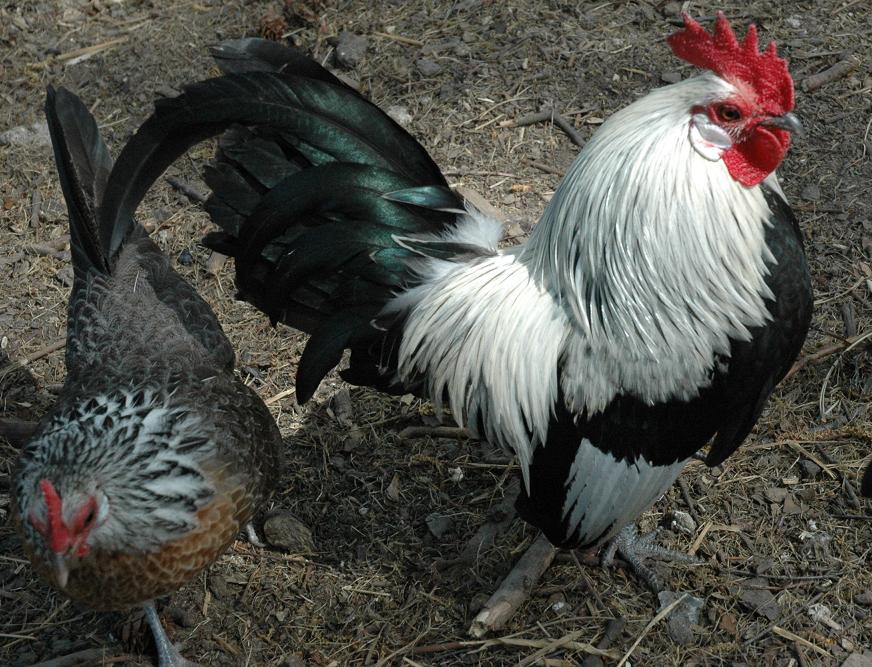
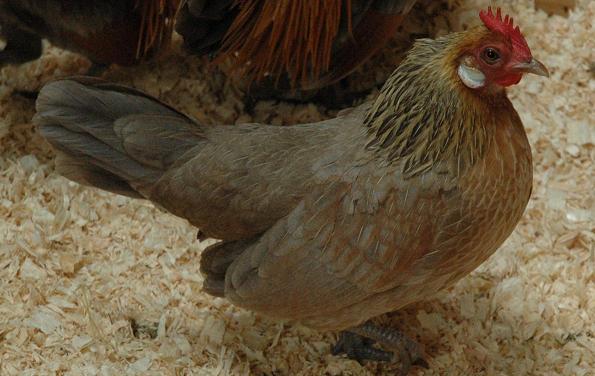
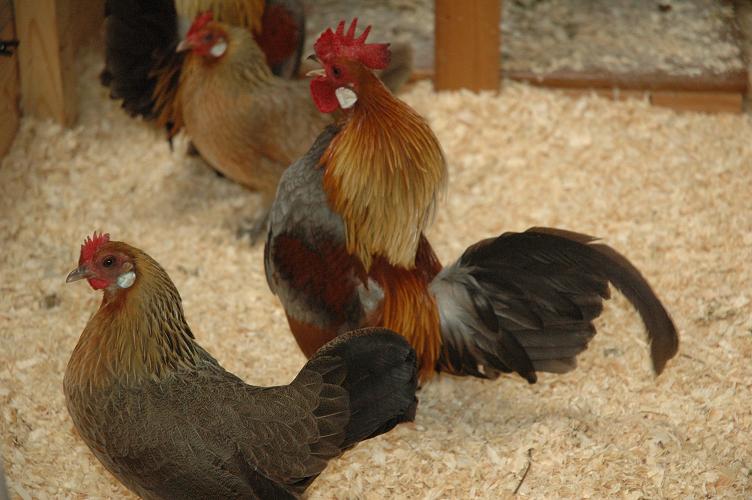
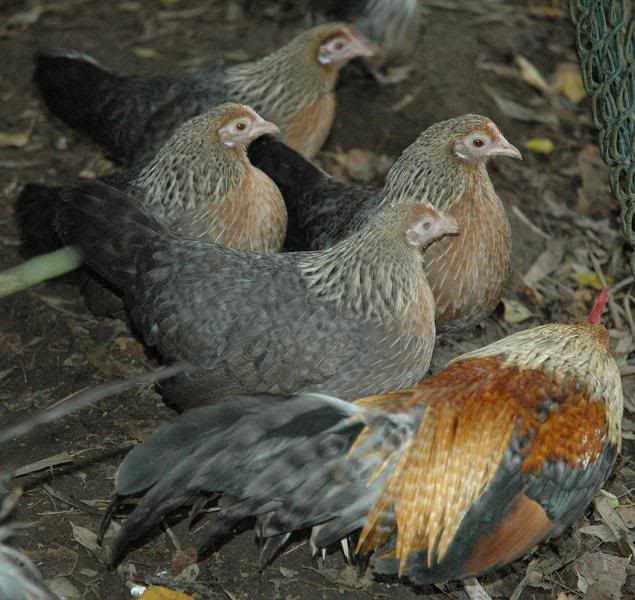
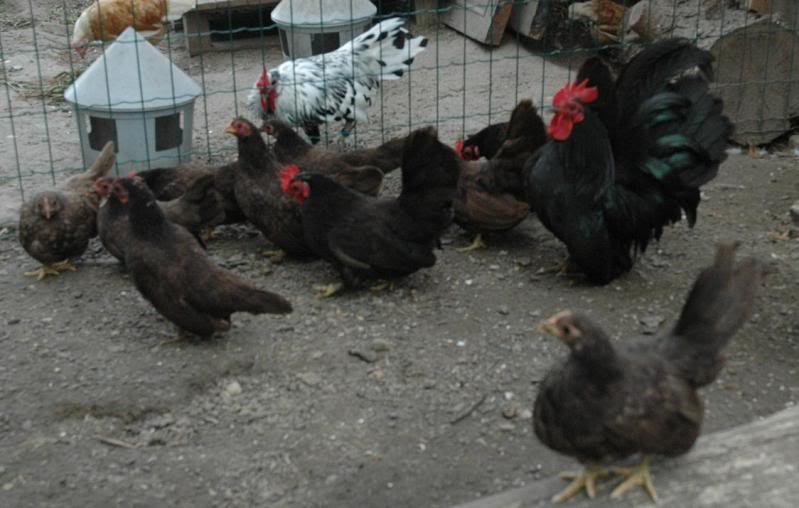
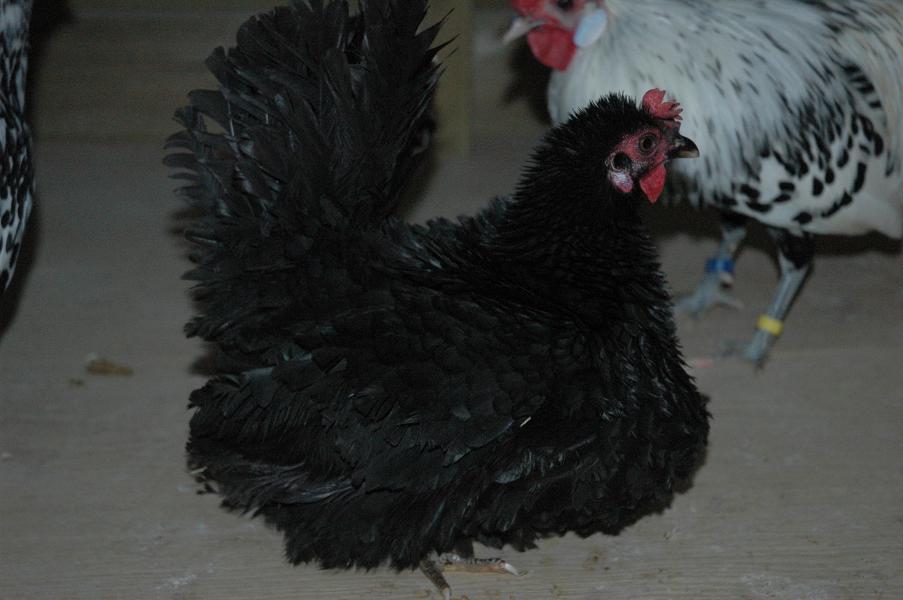
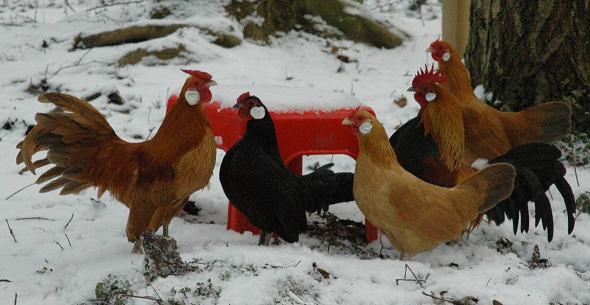
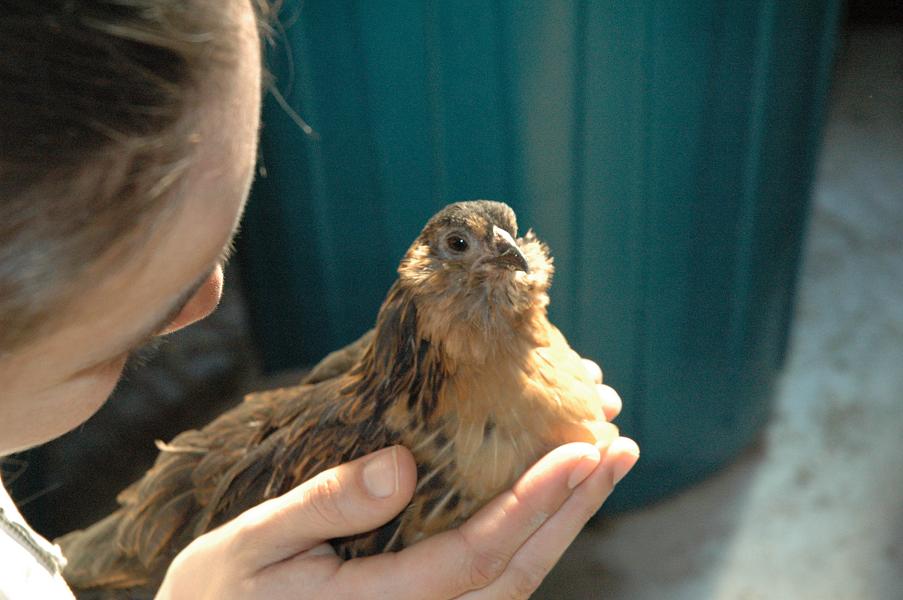

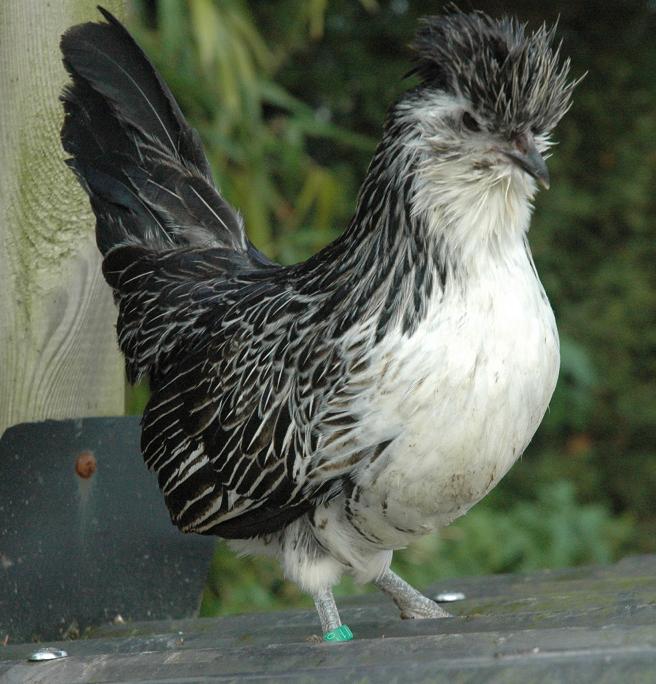
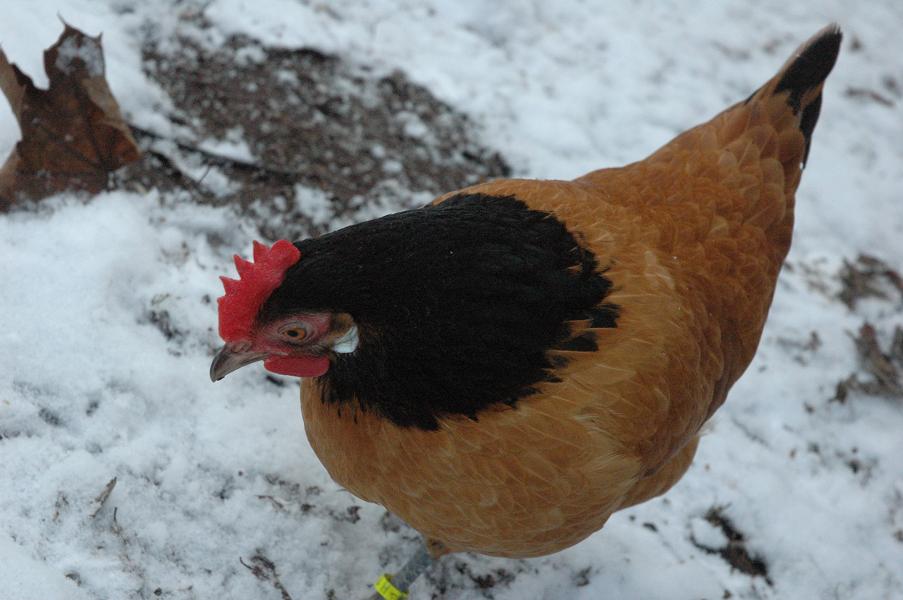
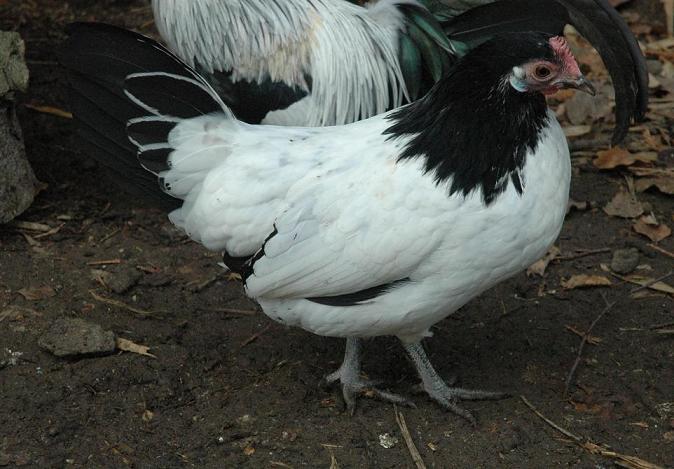
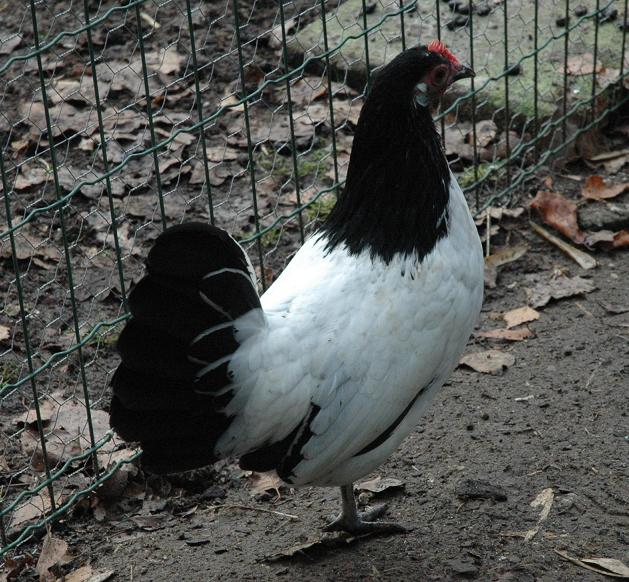
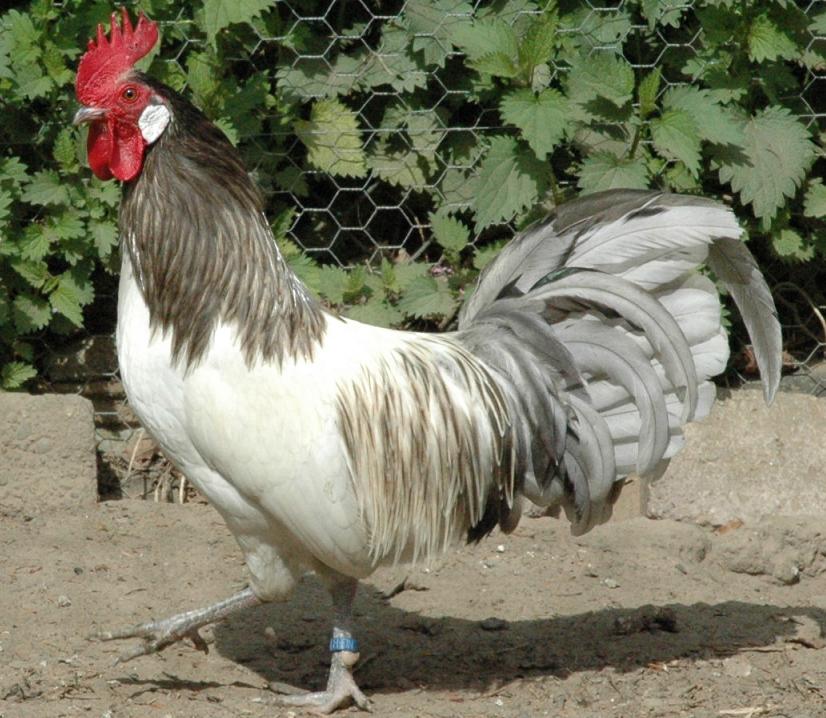
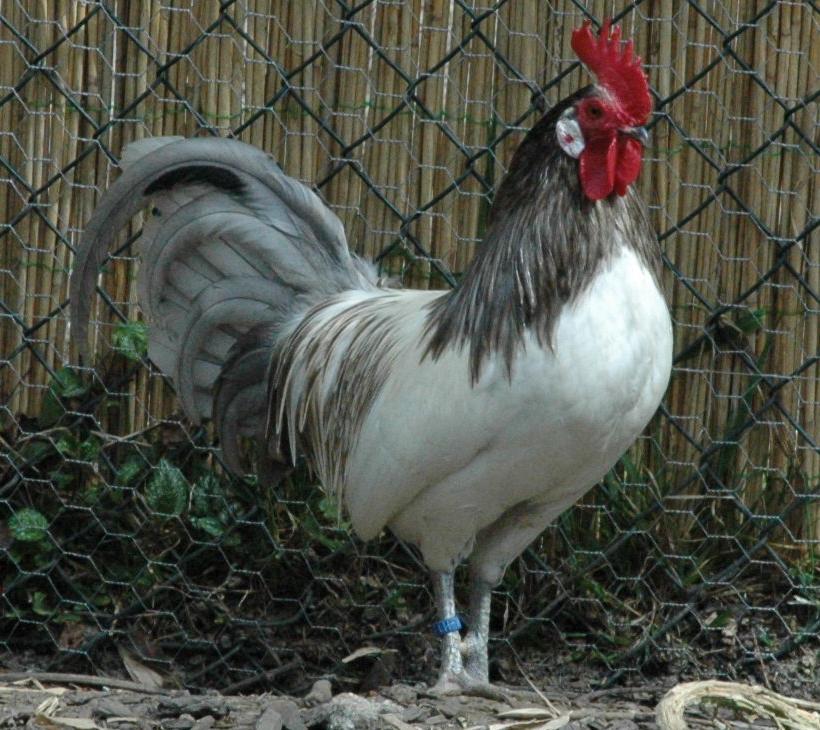
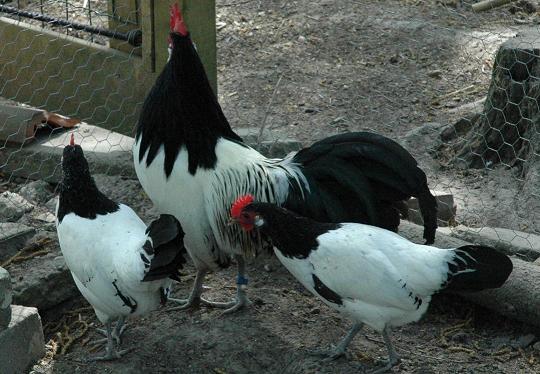
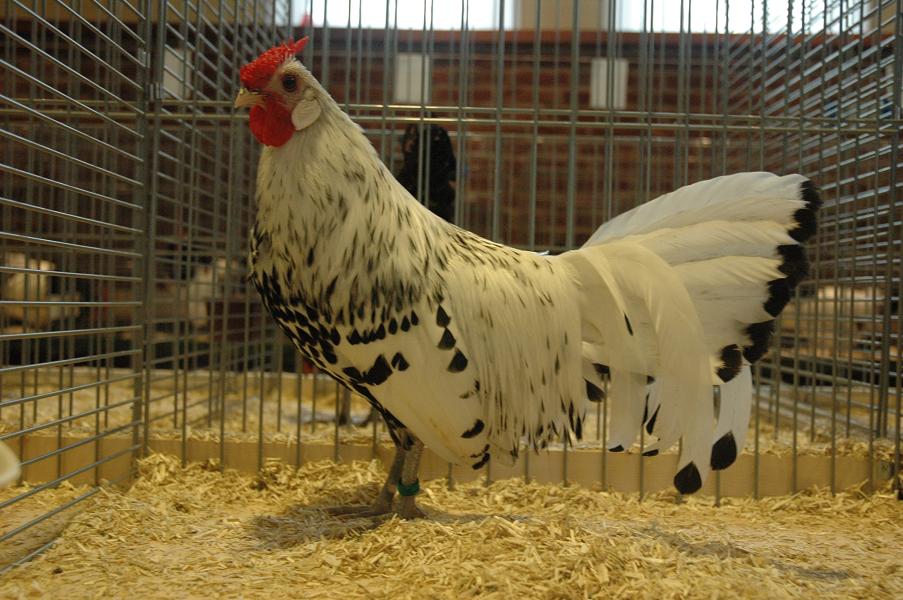
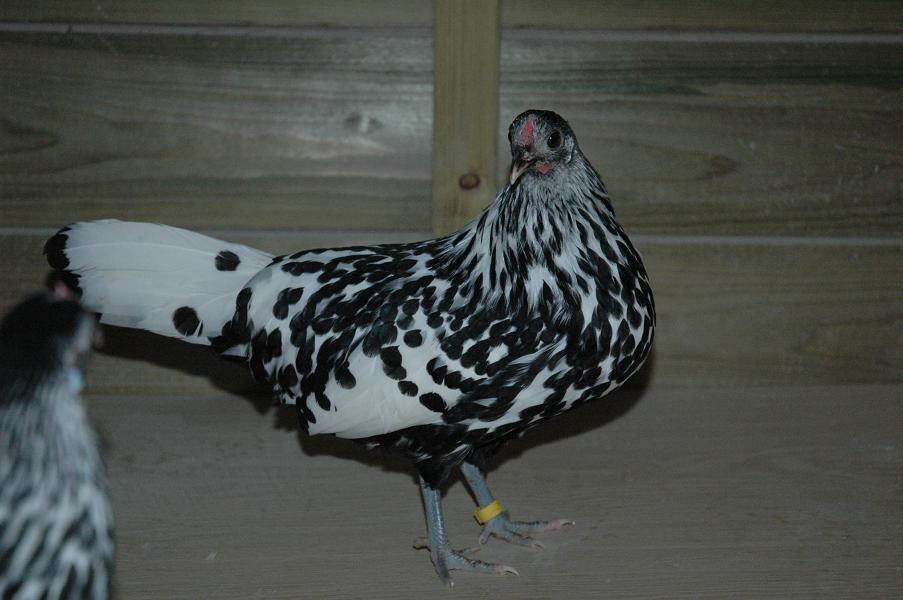
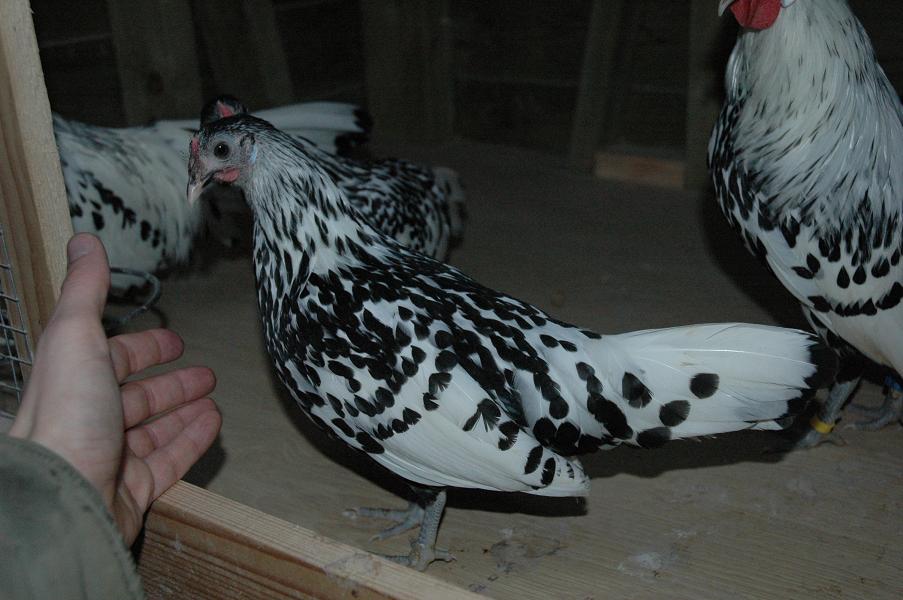

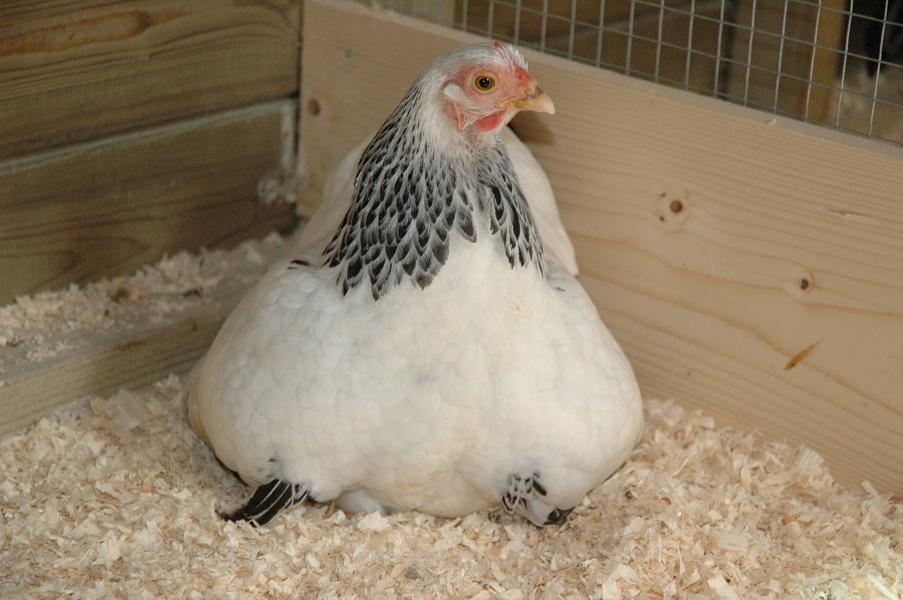
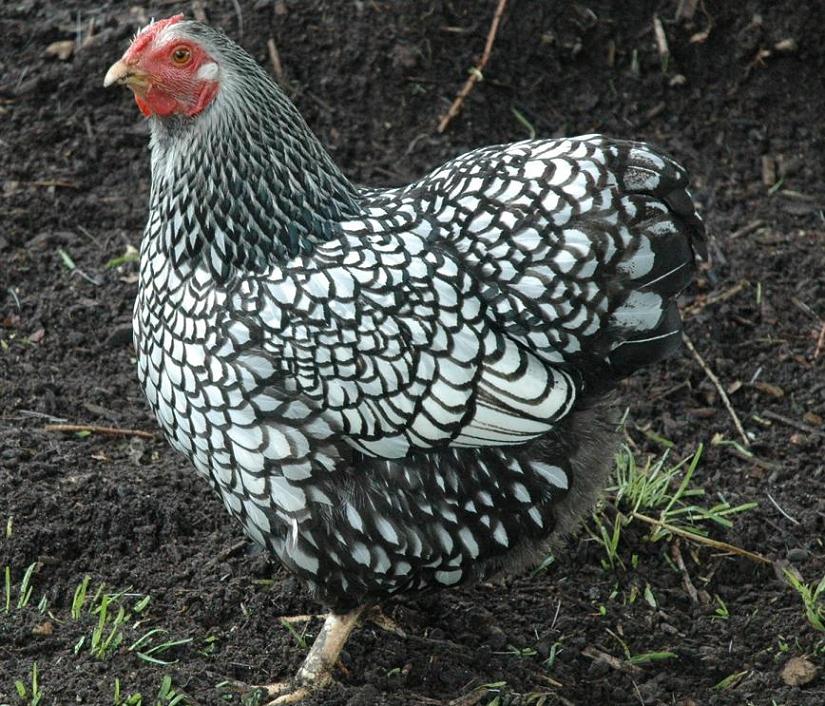
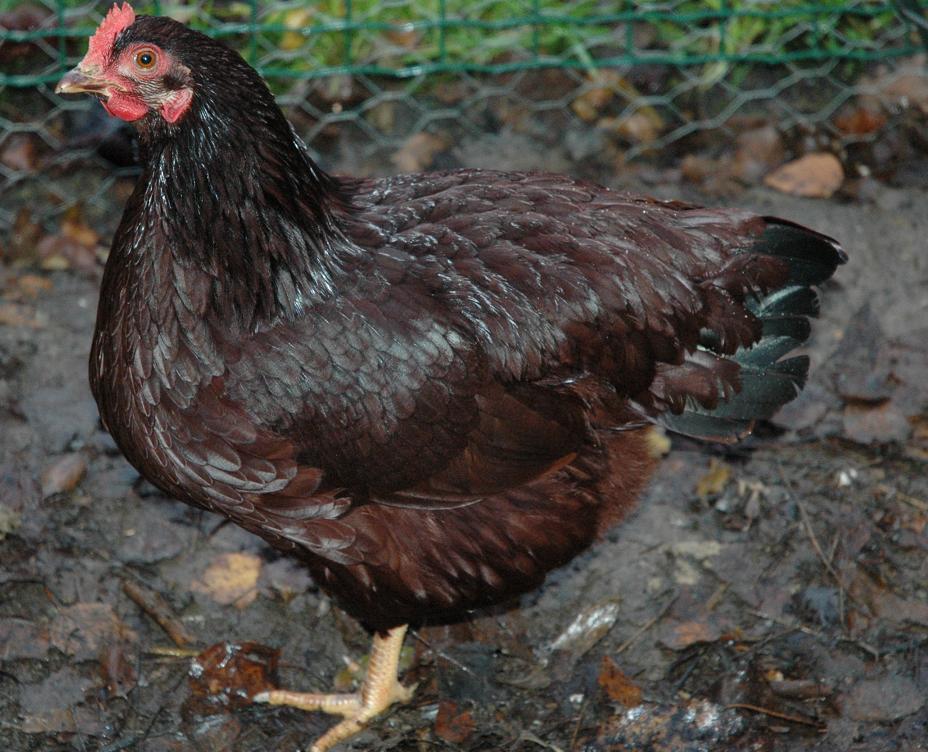
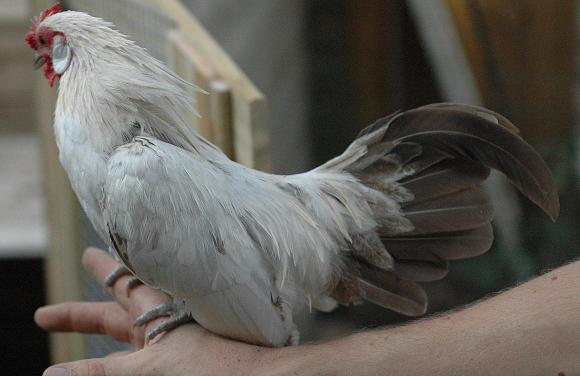
White Browntail. Cross between silver duckwing dutch bantam and buff rosecomb bantam.
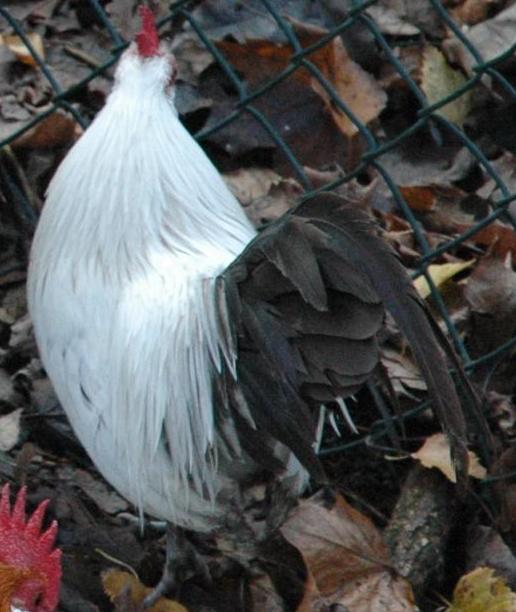
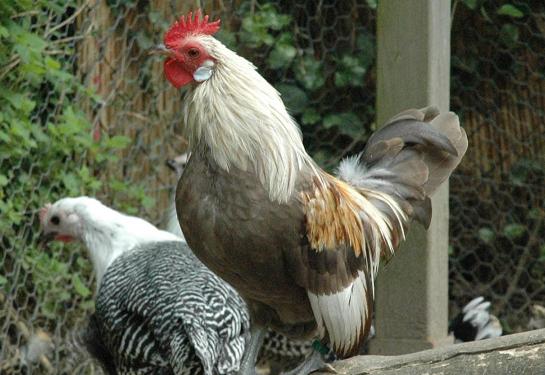
Fawn silver duckwing (Dutch bantam).
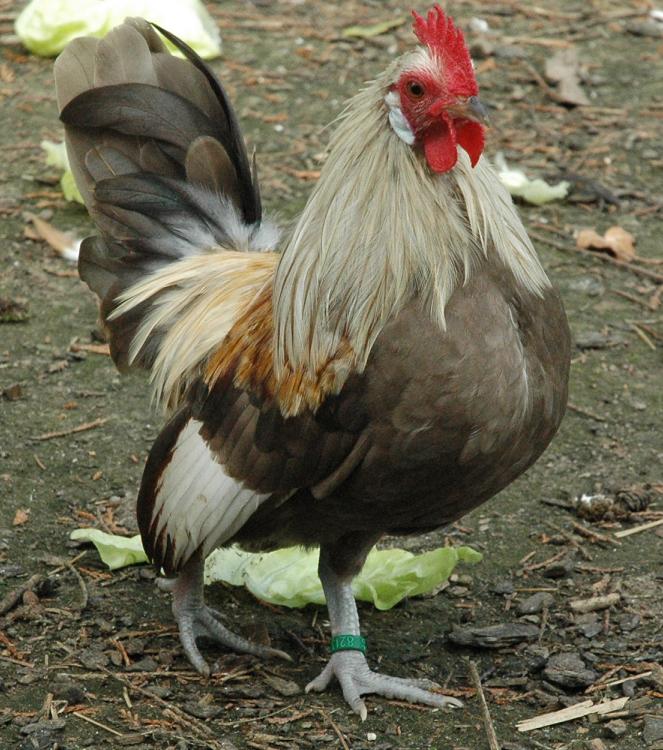
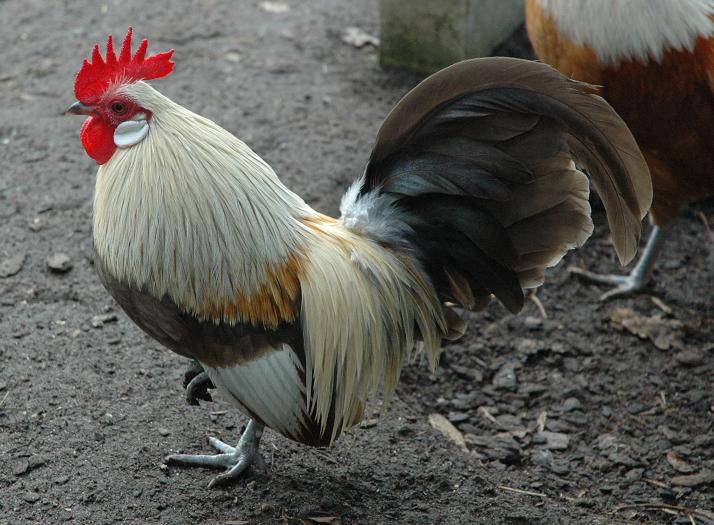
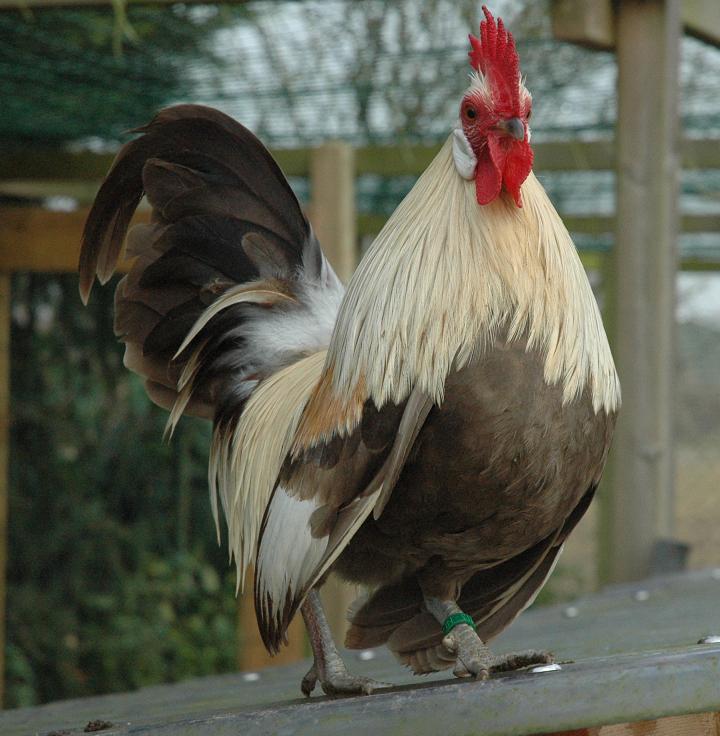
2008 (Note the color range on the cockerels):
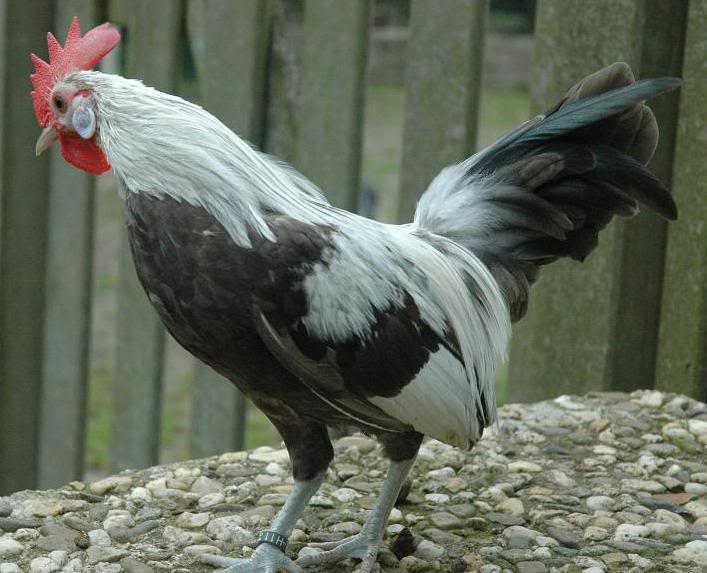

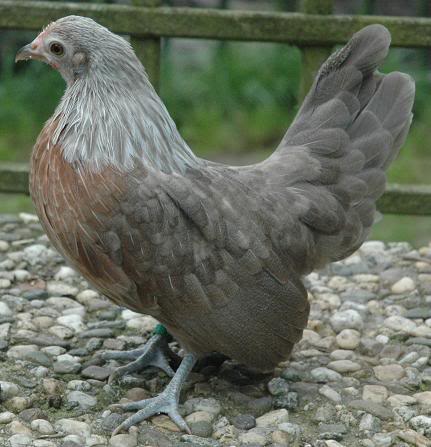
2009:
Fawn breasted red, Fawn light brown (Dutch bantam):

Gold white spangled Hamburgh bantam:
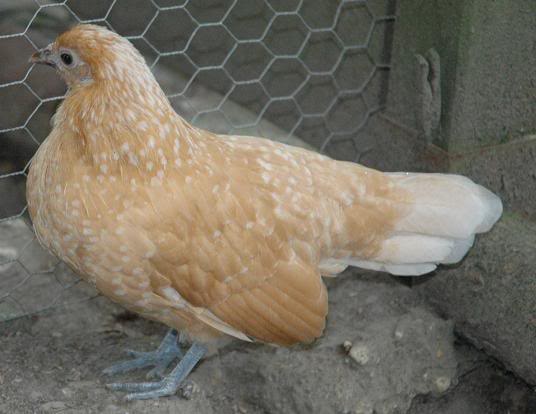
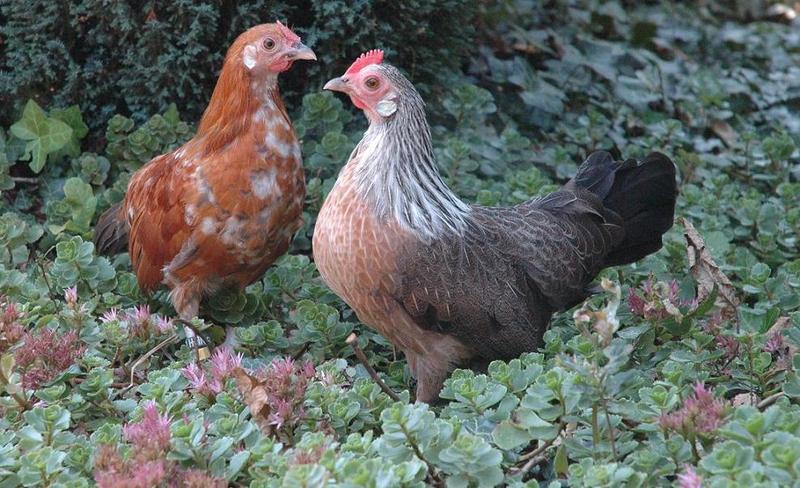
Dun millefleur Rosecomb bantam. (Silver duckwing dutch bantam to the right in upper picture)
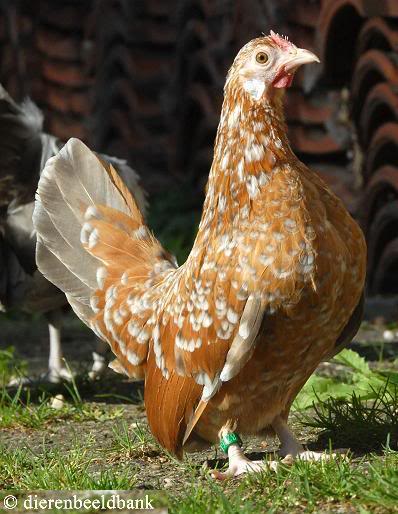
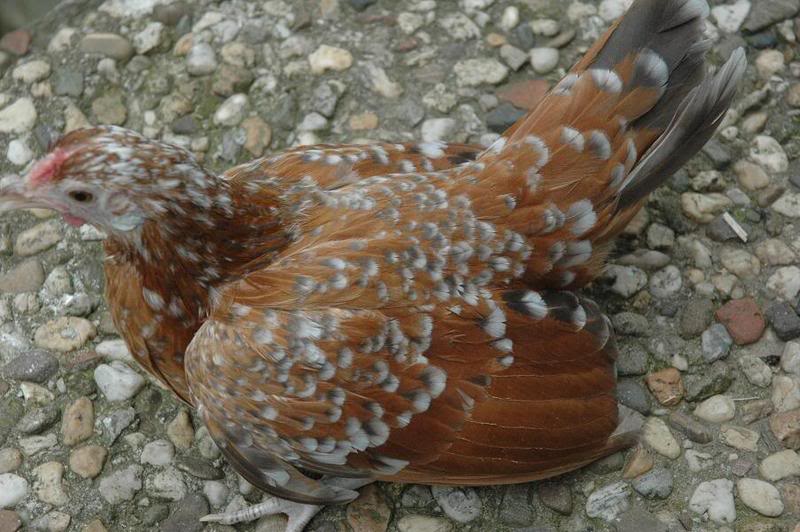
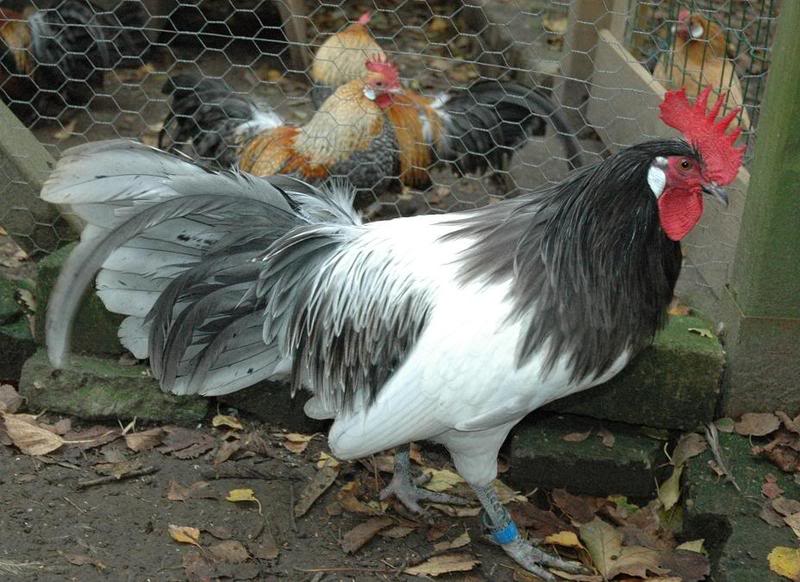
Blue Lakenvelder, large fowl.
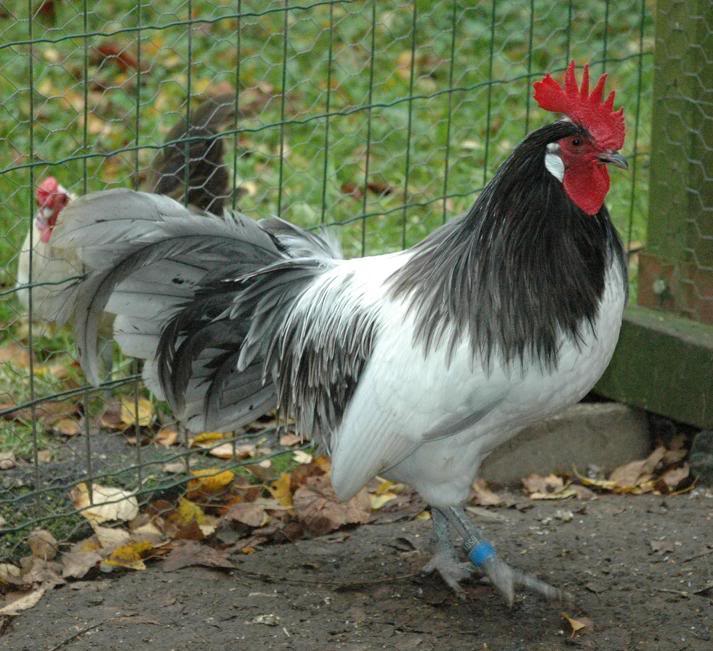
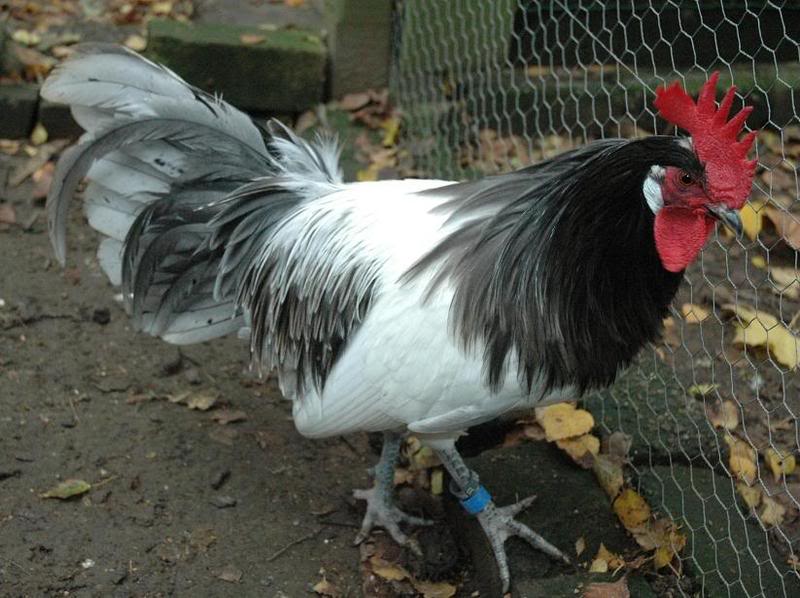
Chocolate lakenvelder bantam (Dun based)


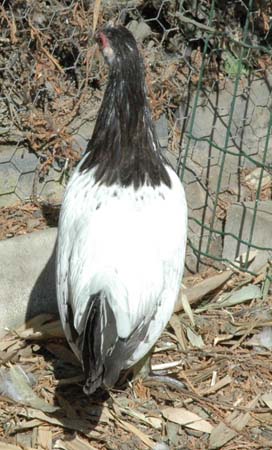
Platinum lakenvelder bantam (one dose Dun and one dose Blue)
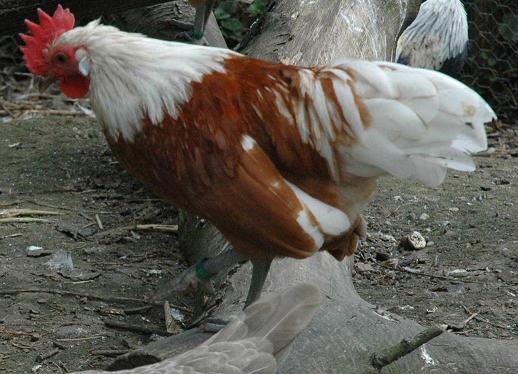
White patterned Vorwerkbantam.
